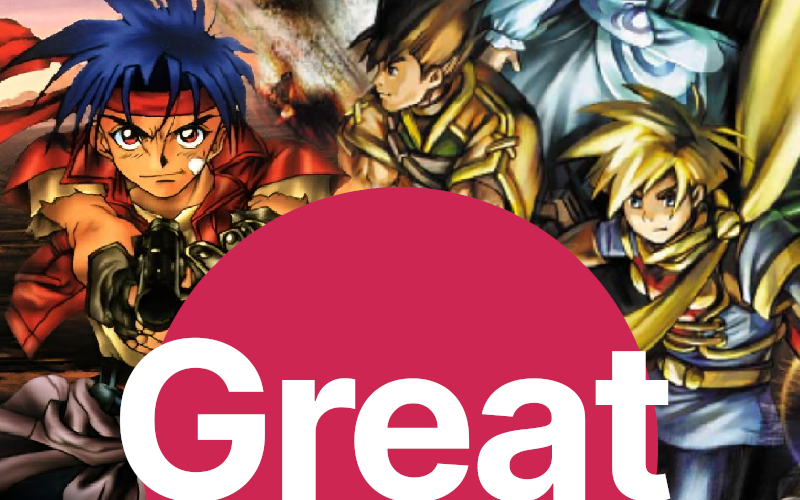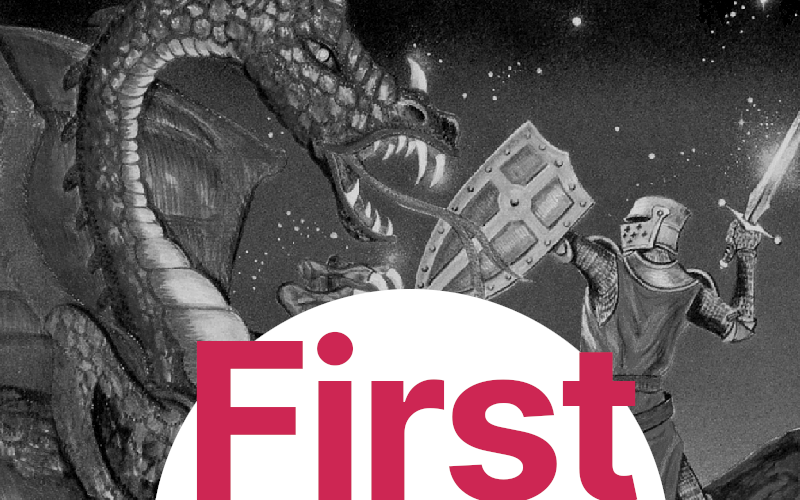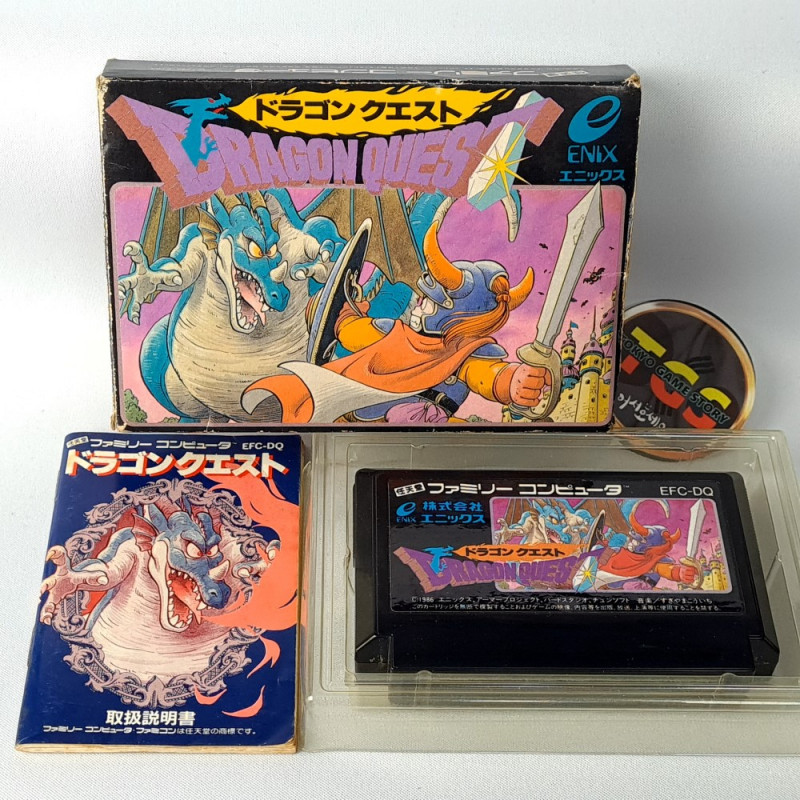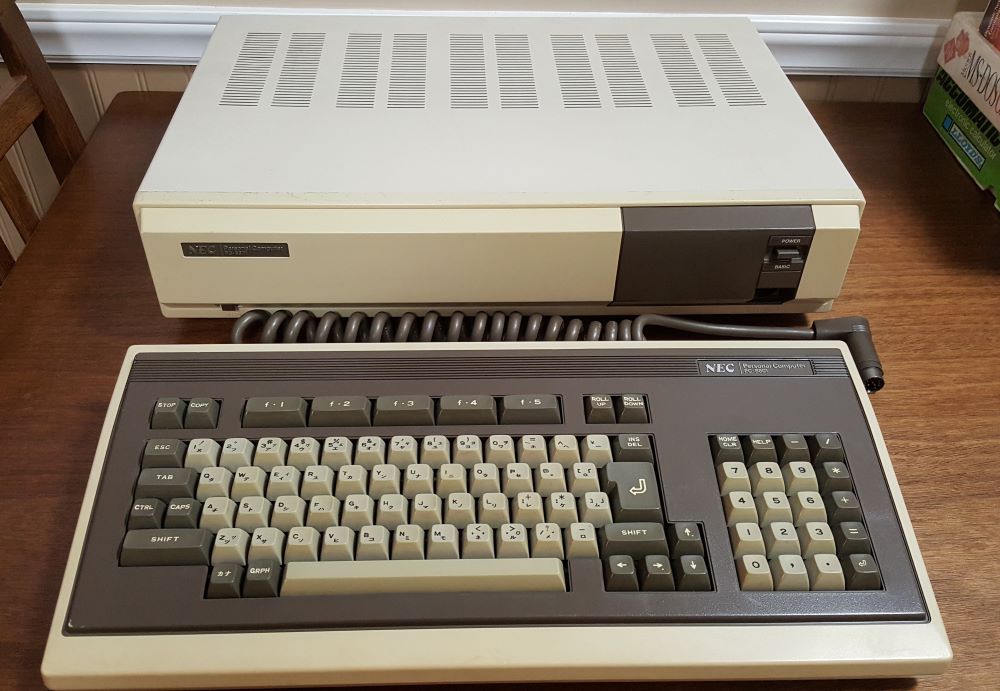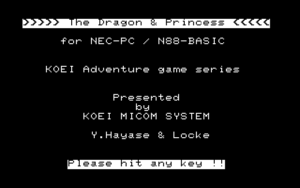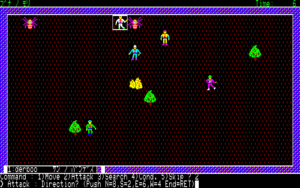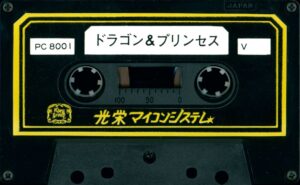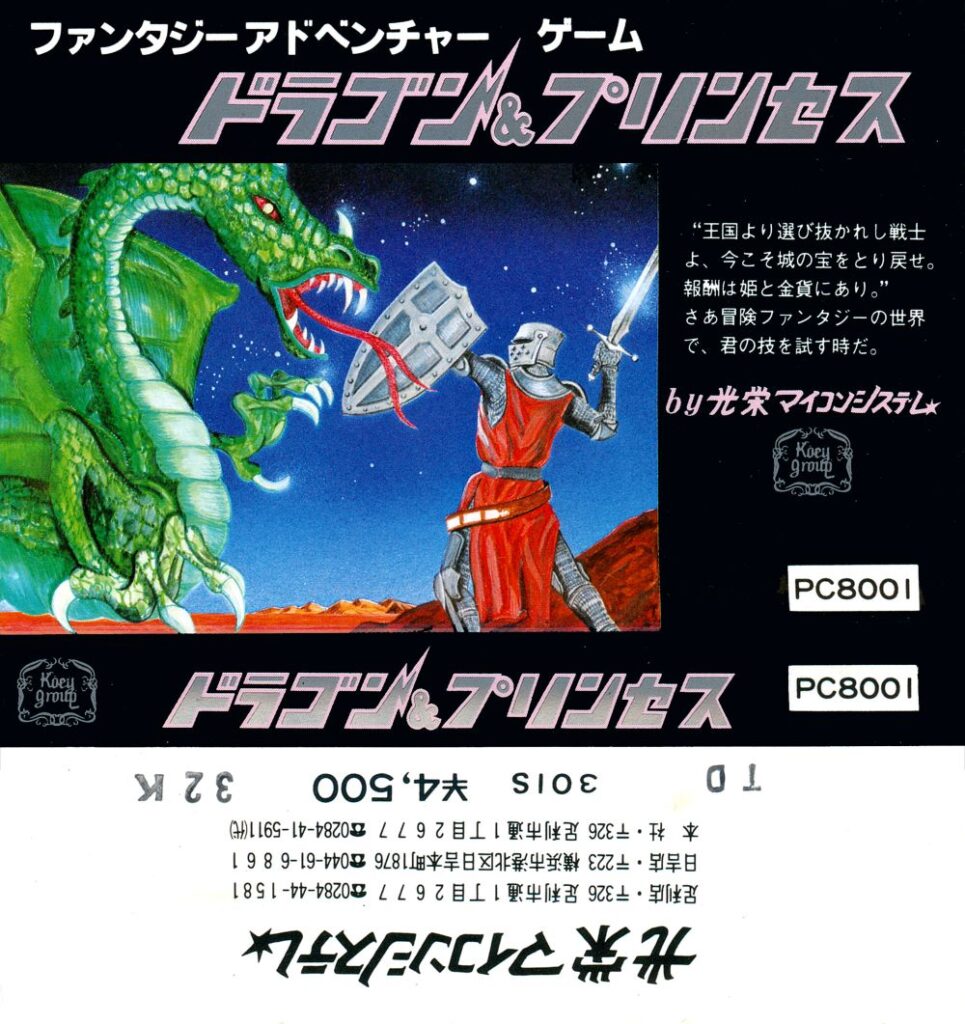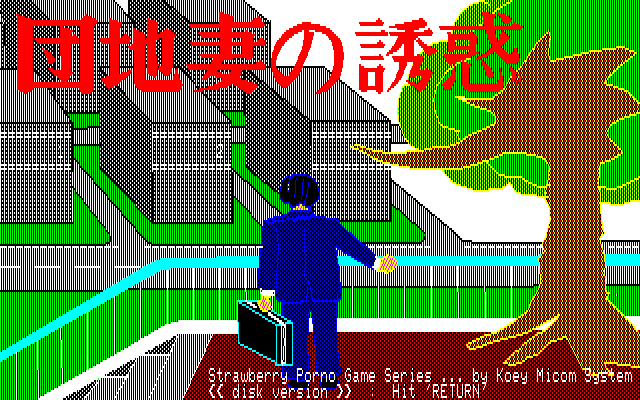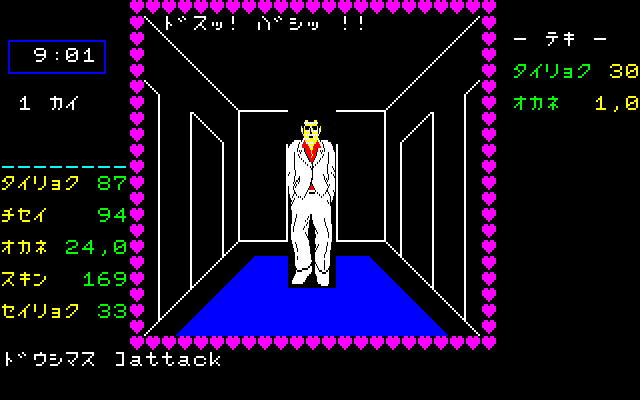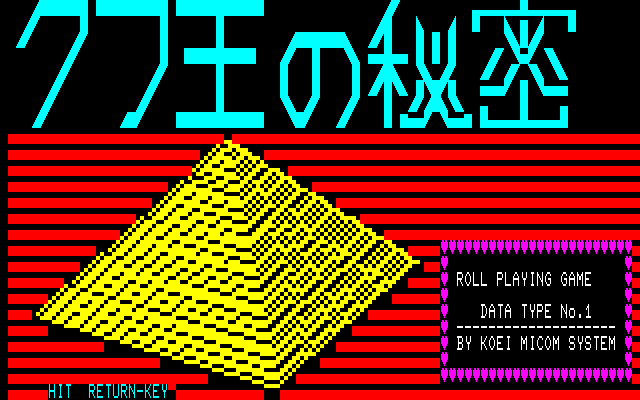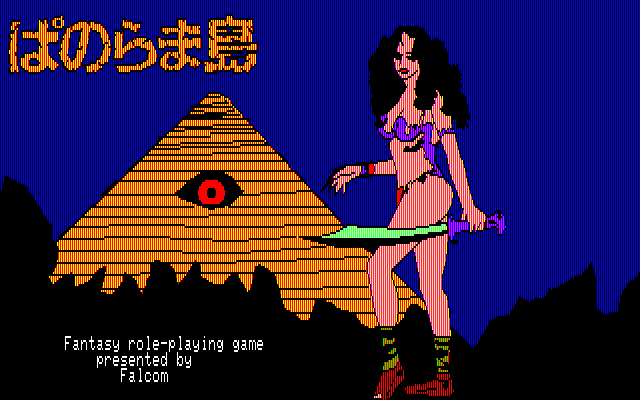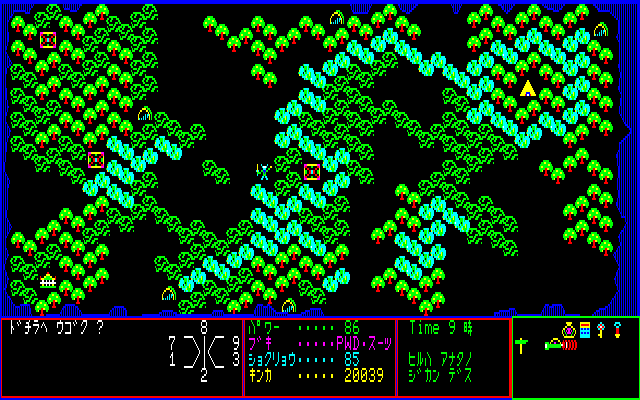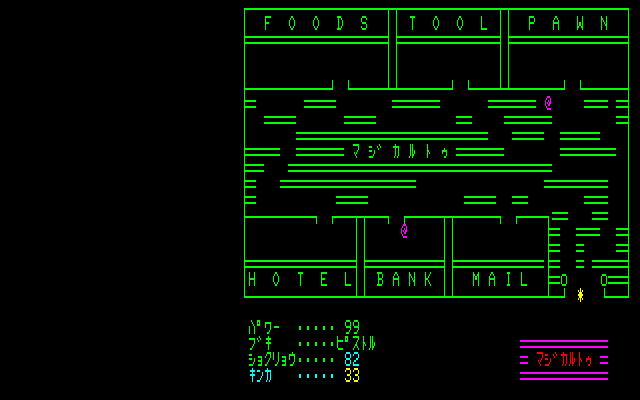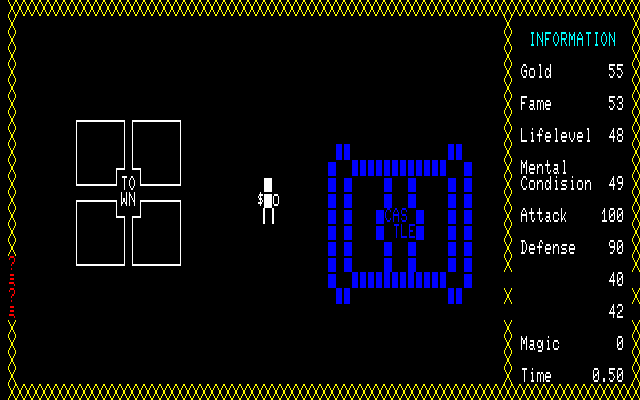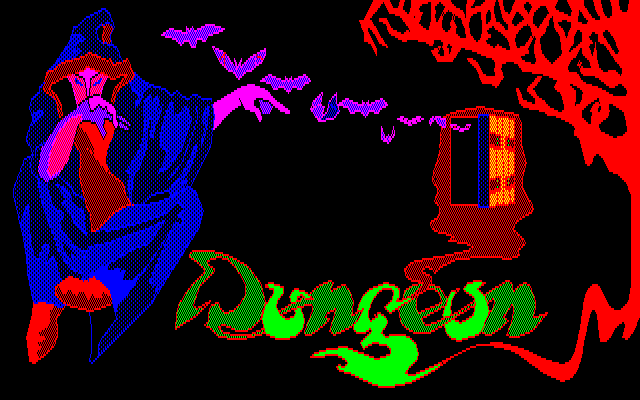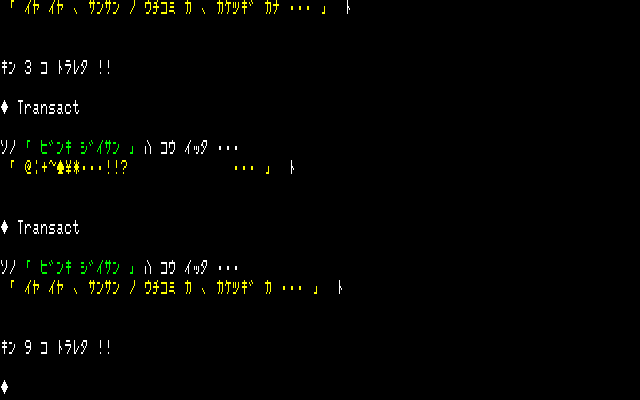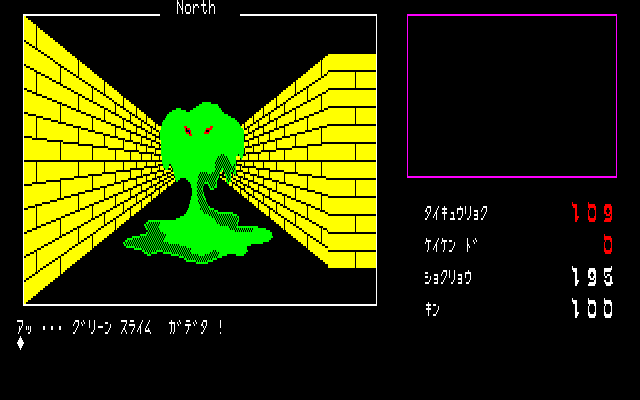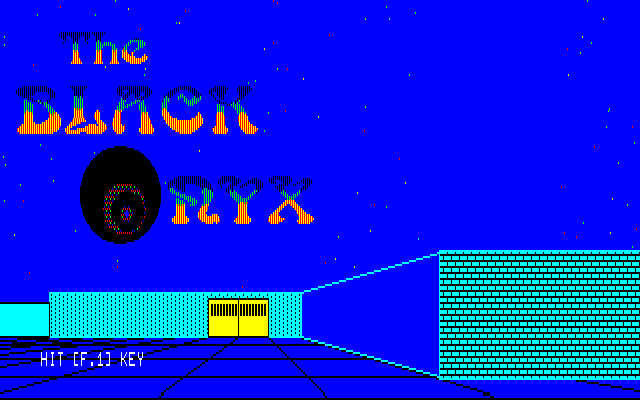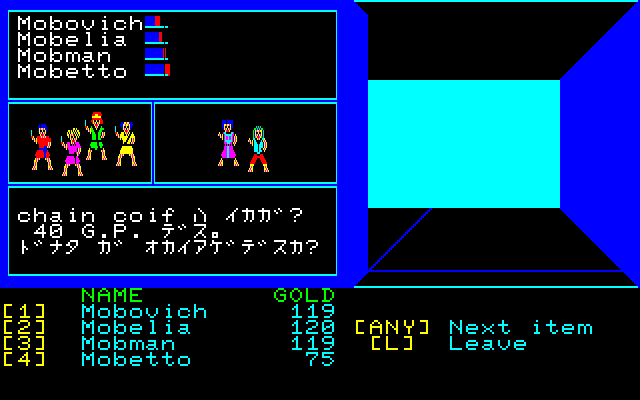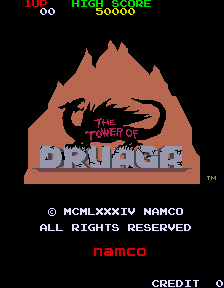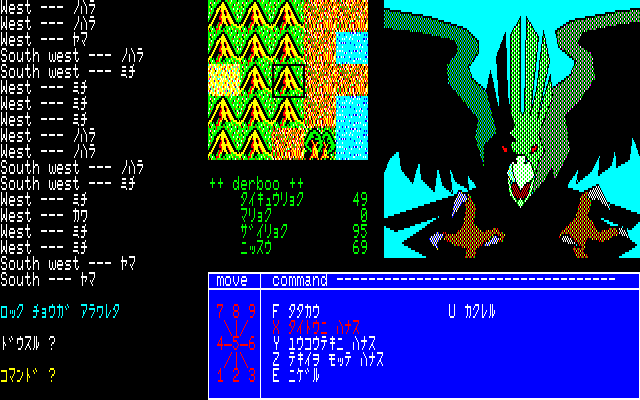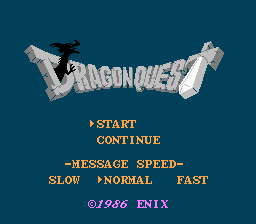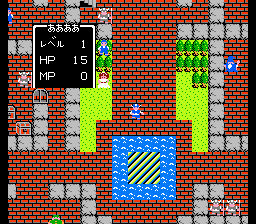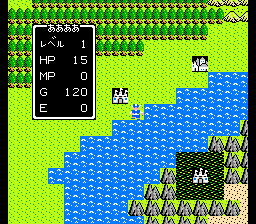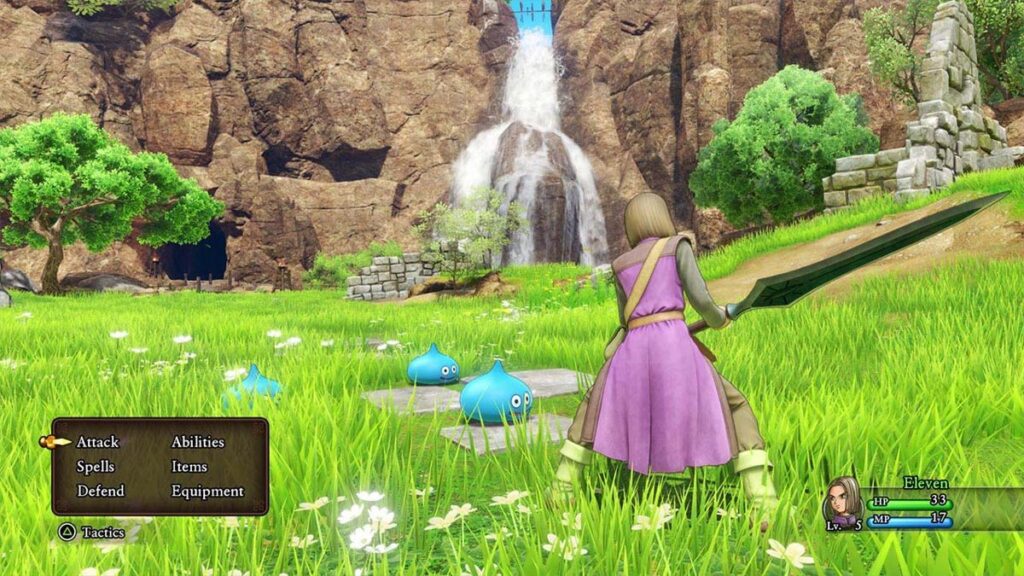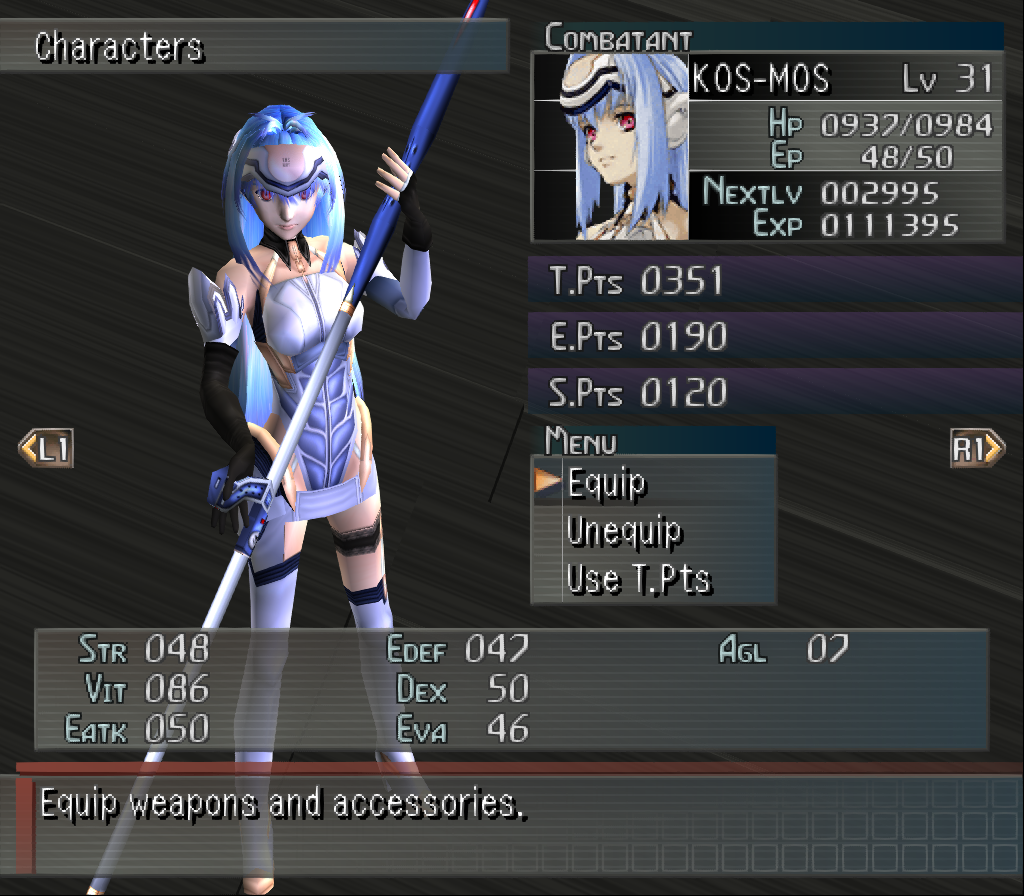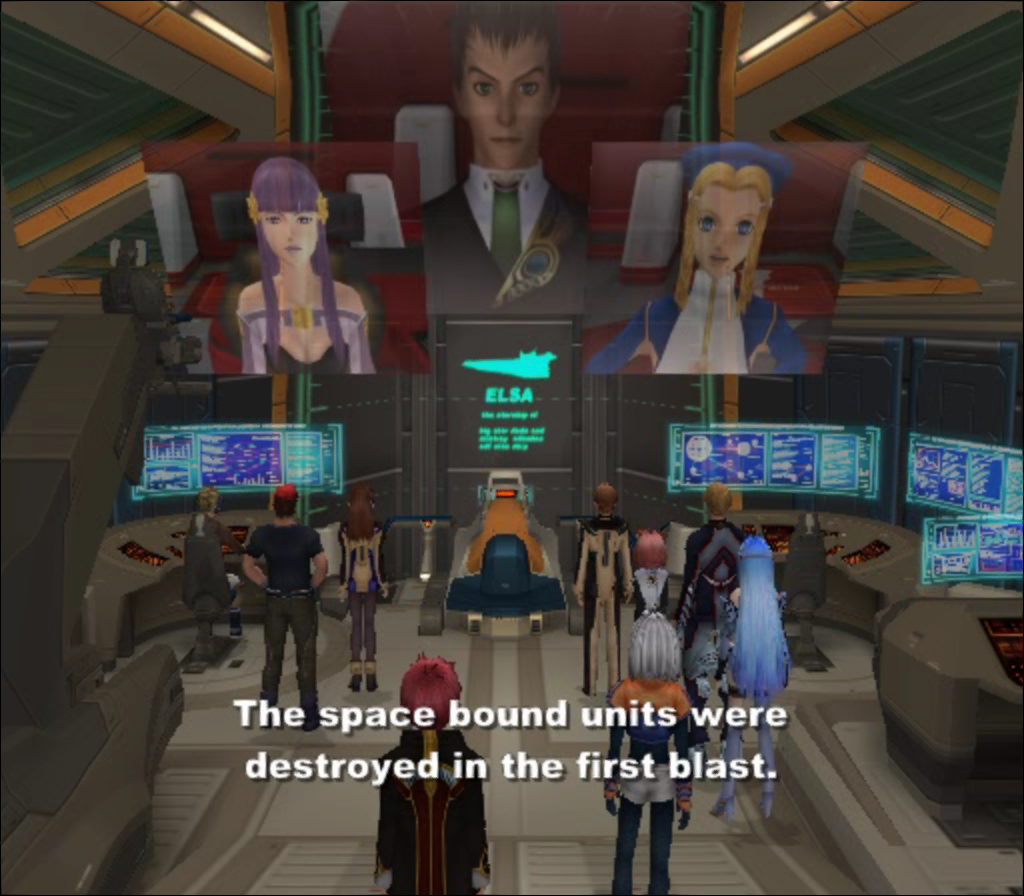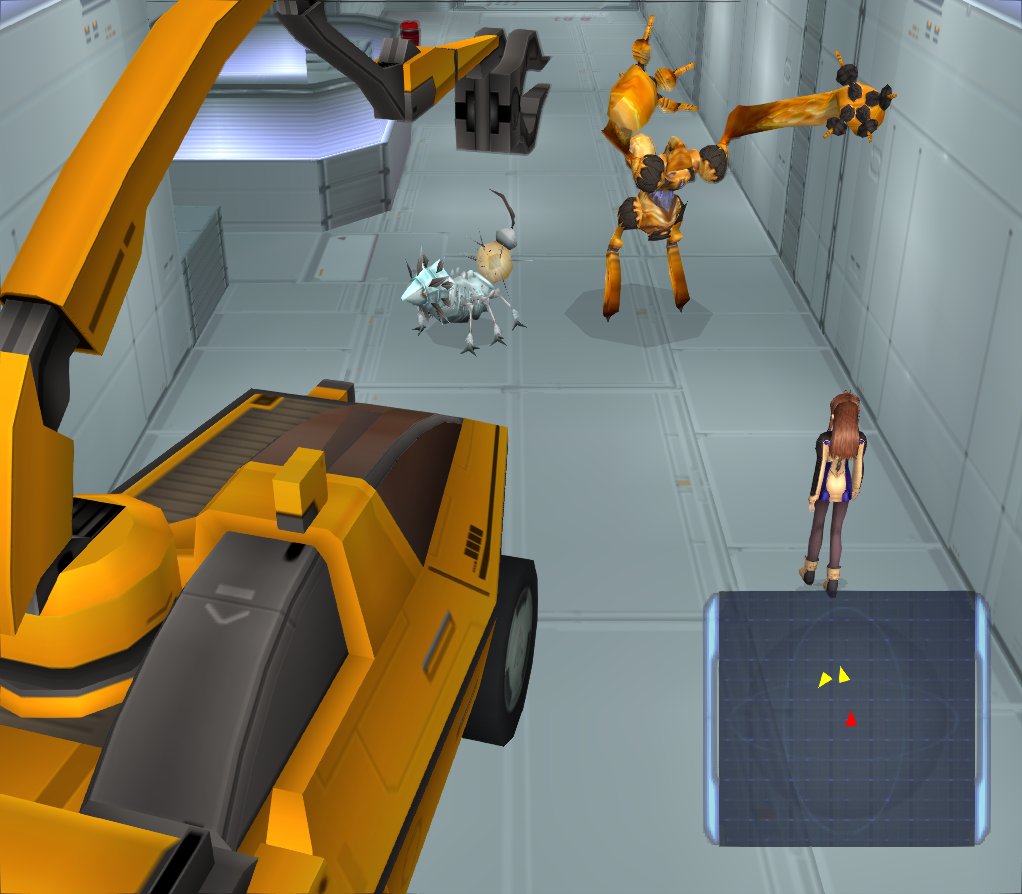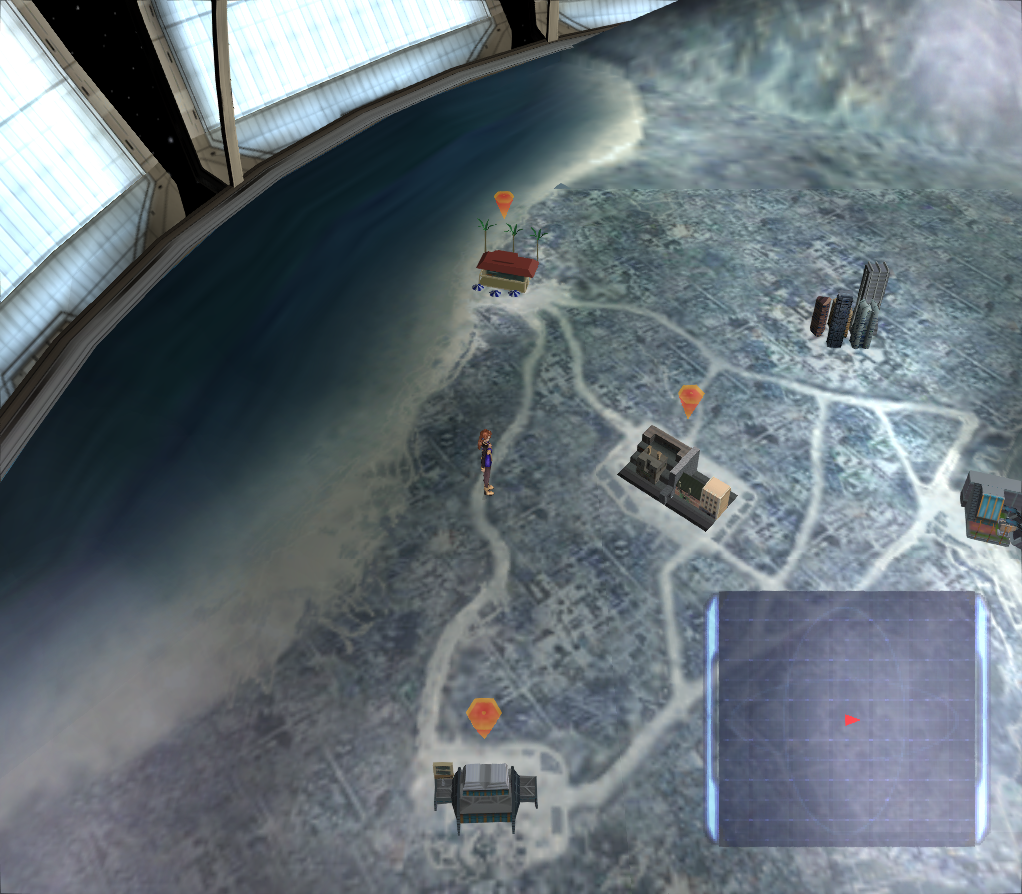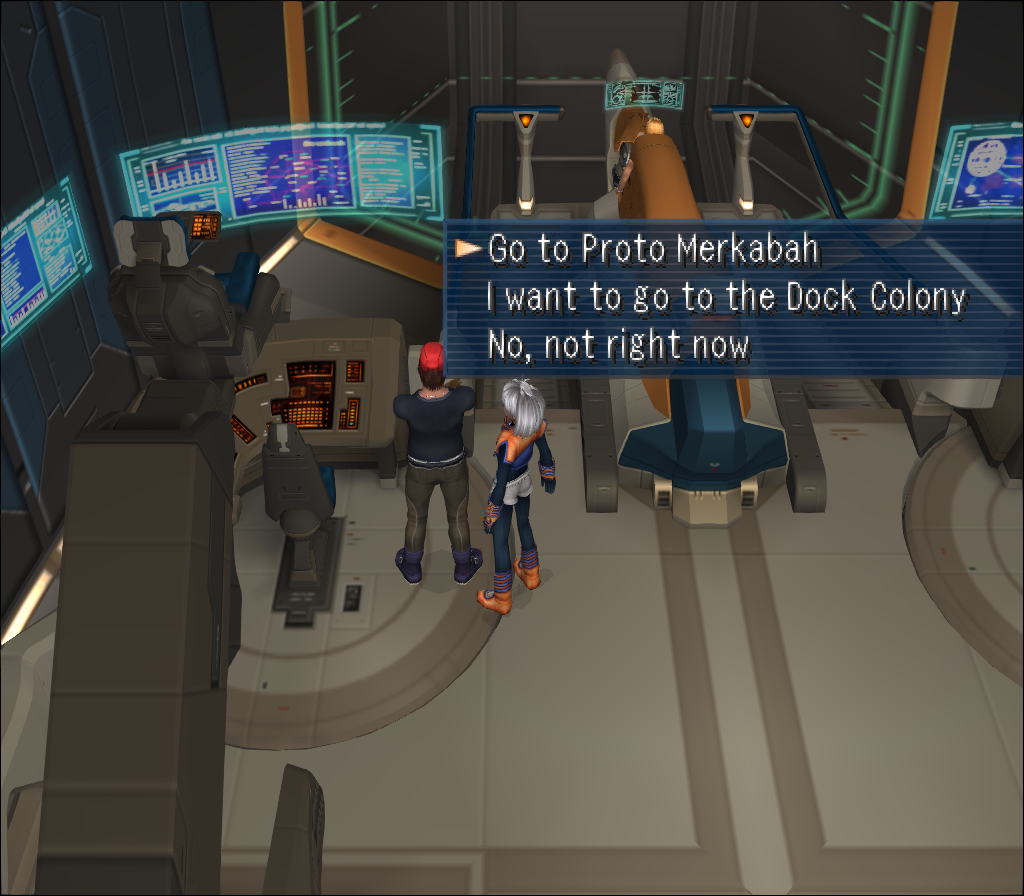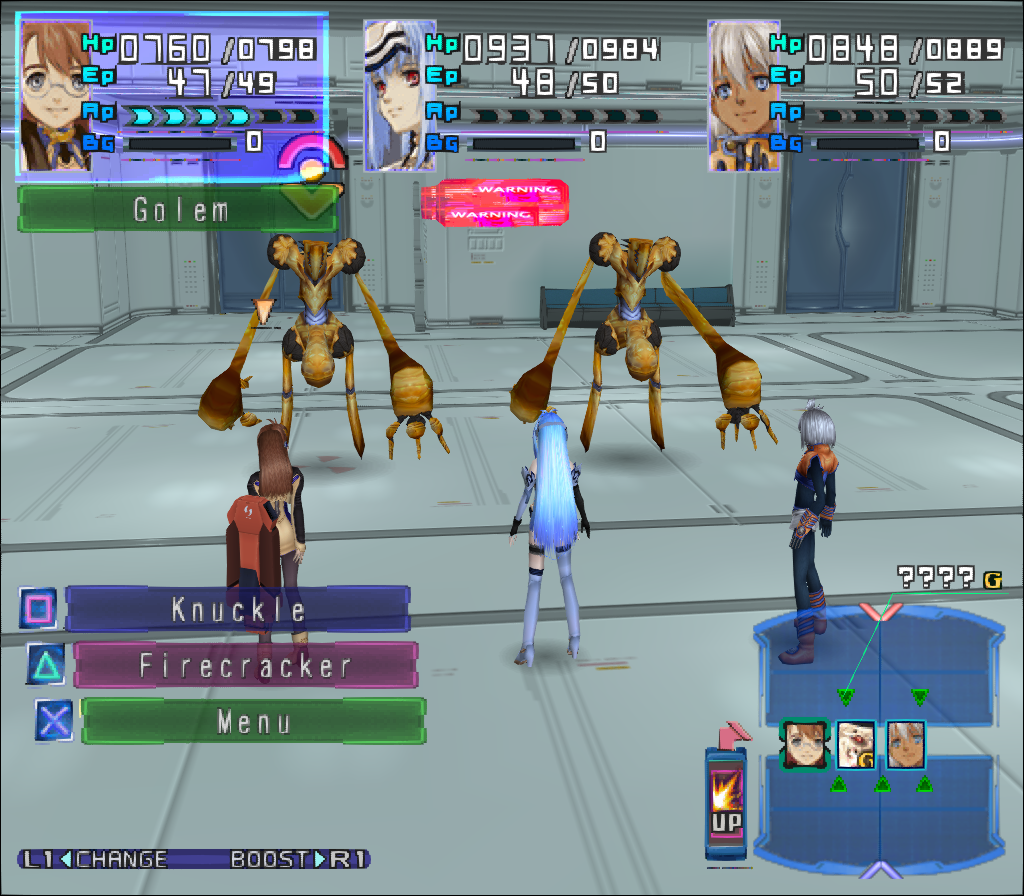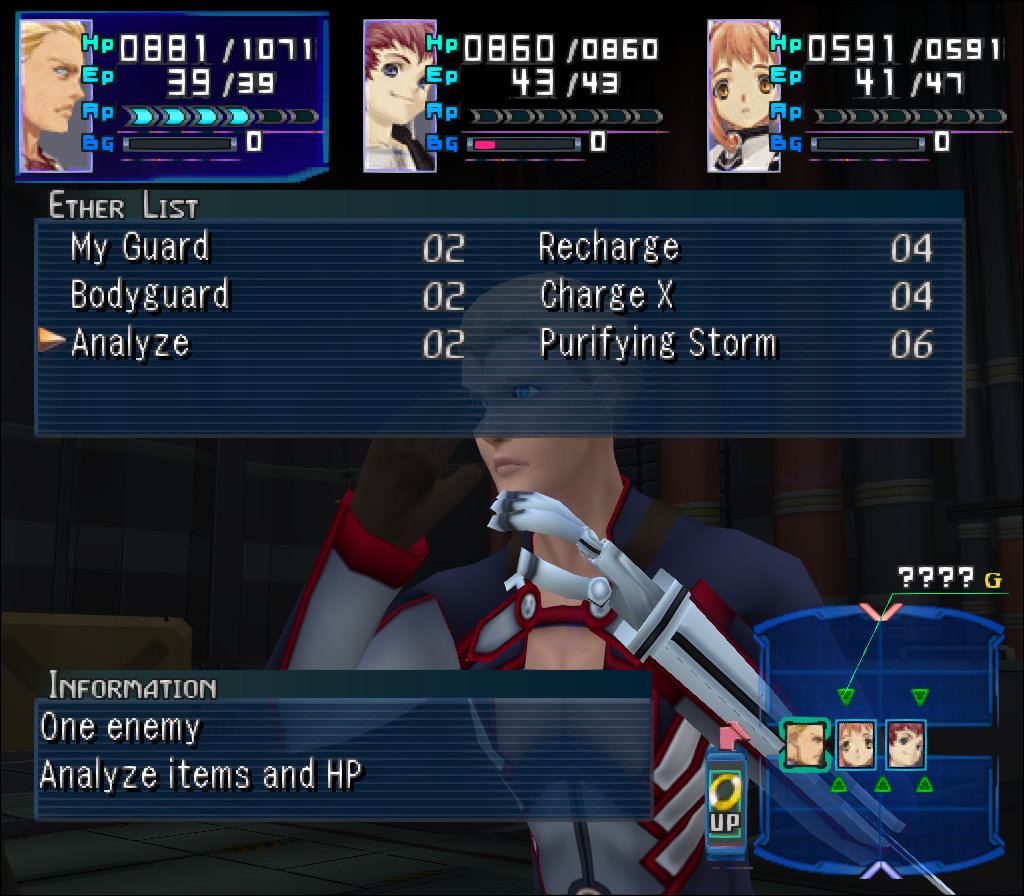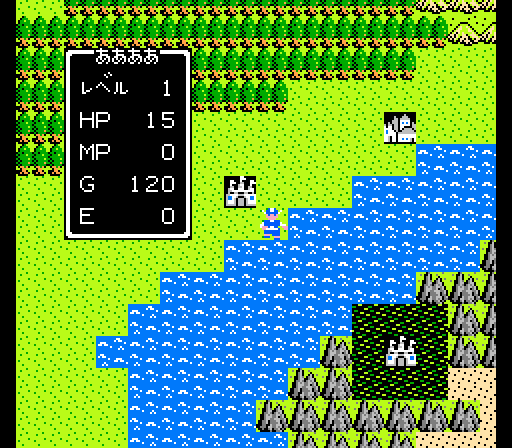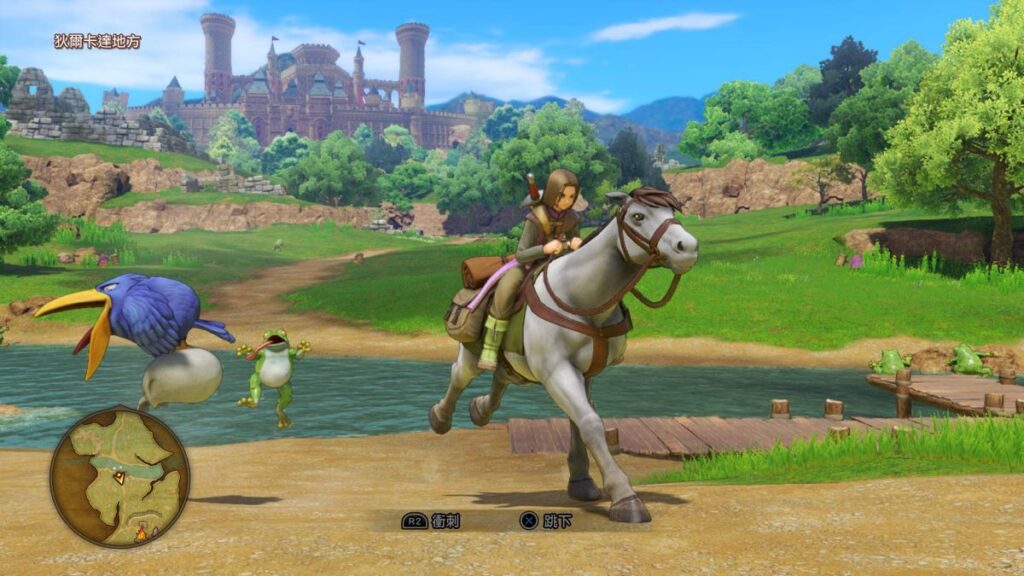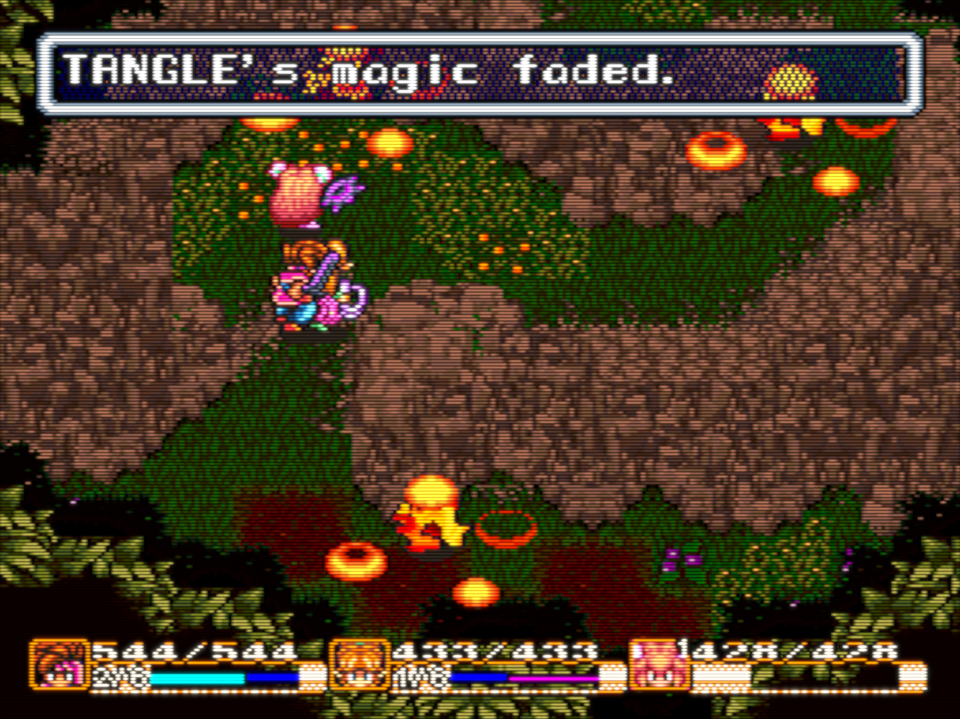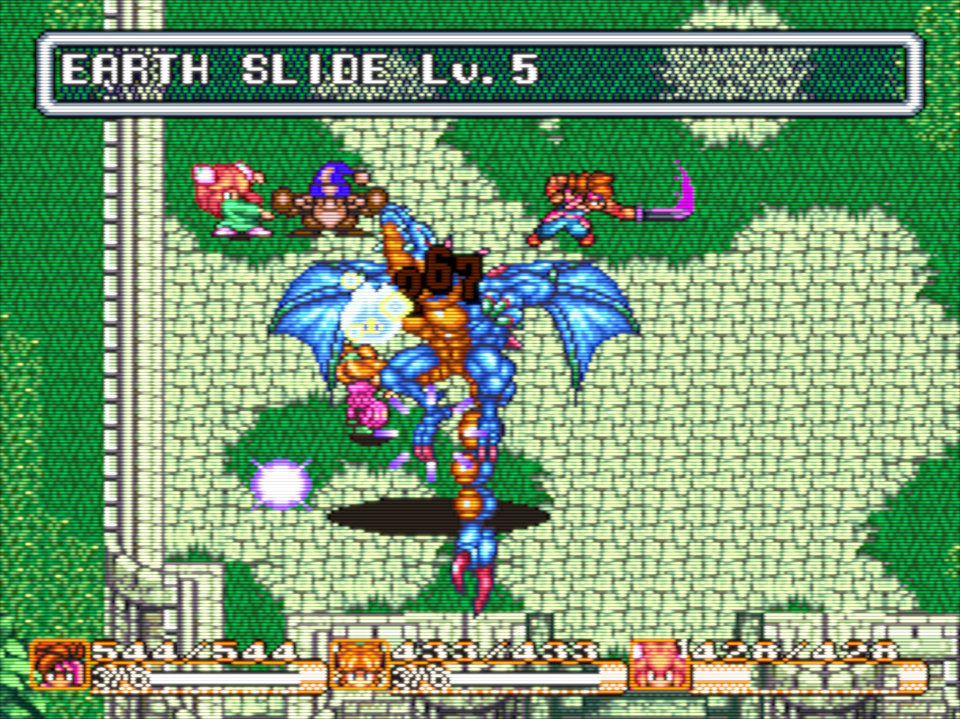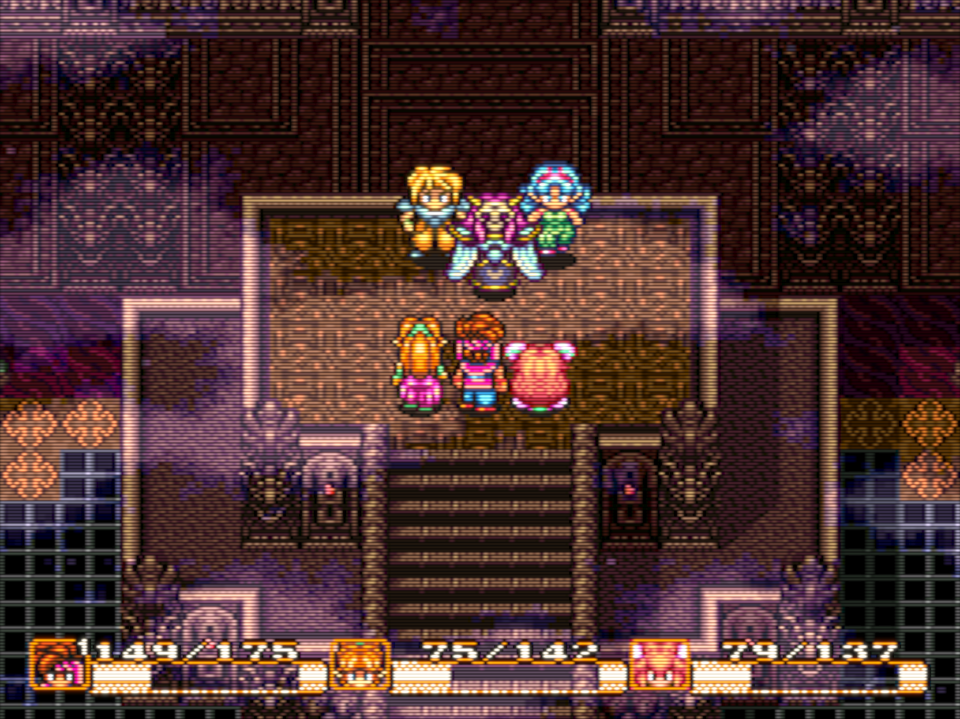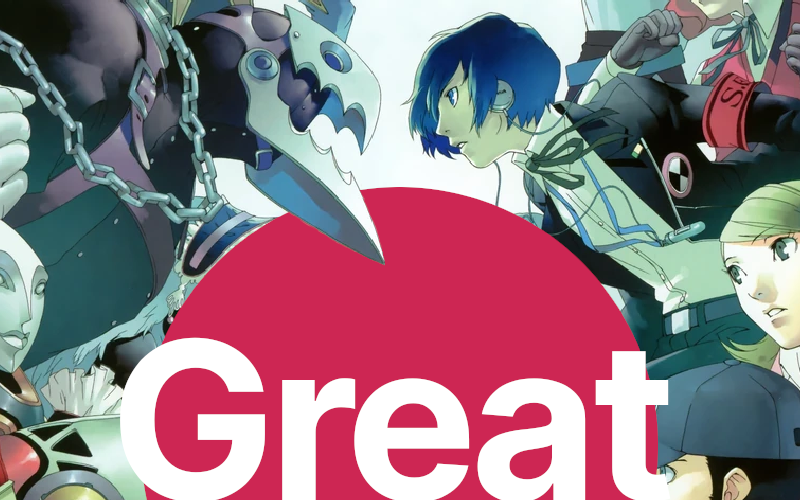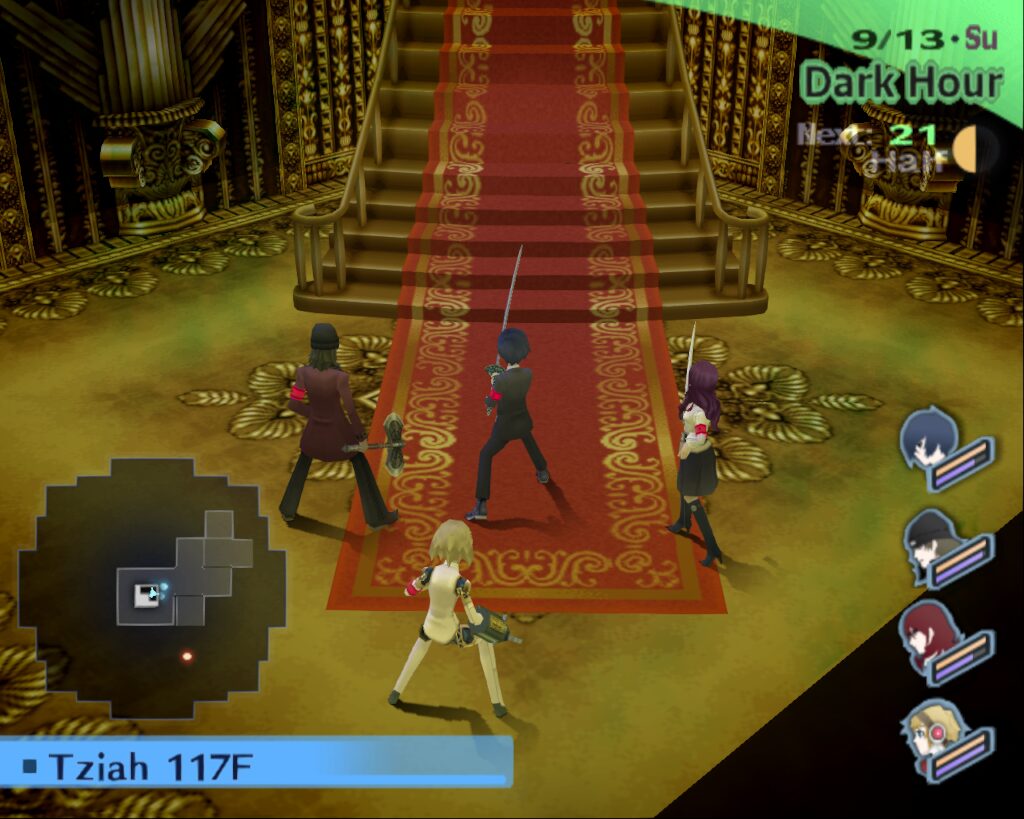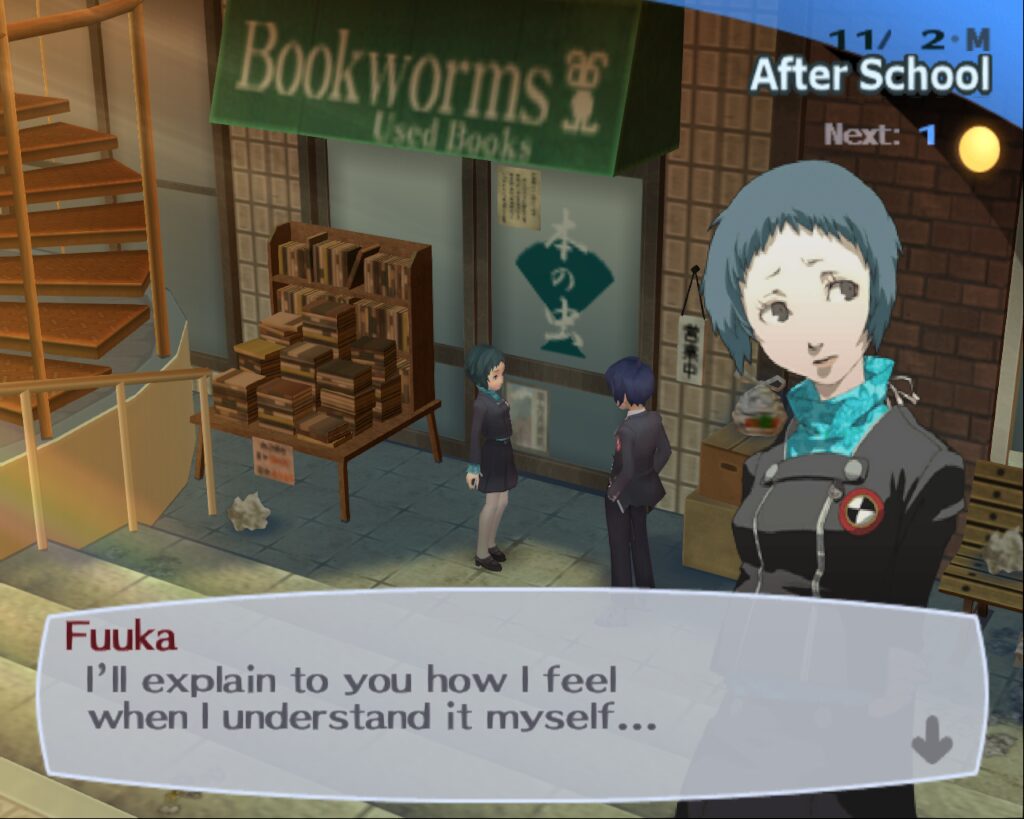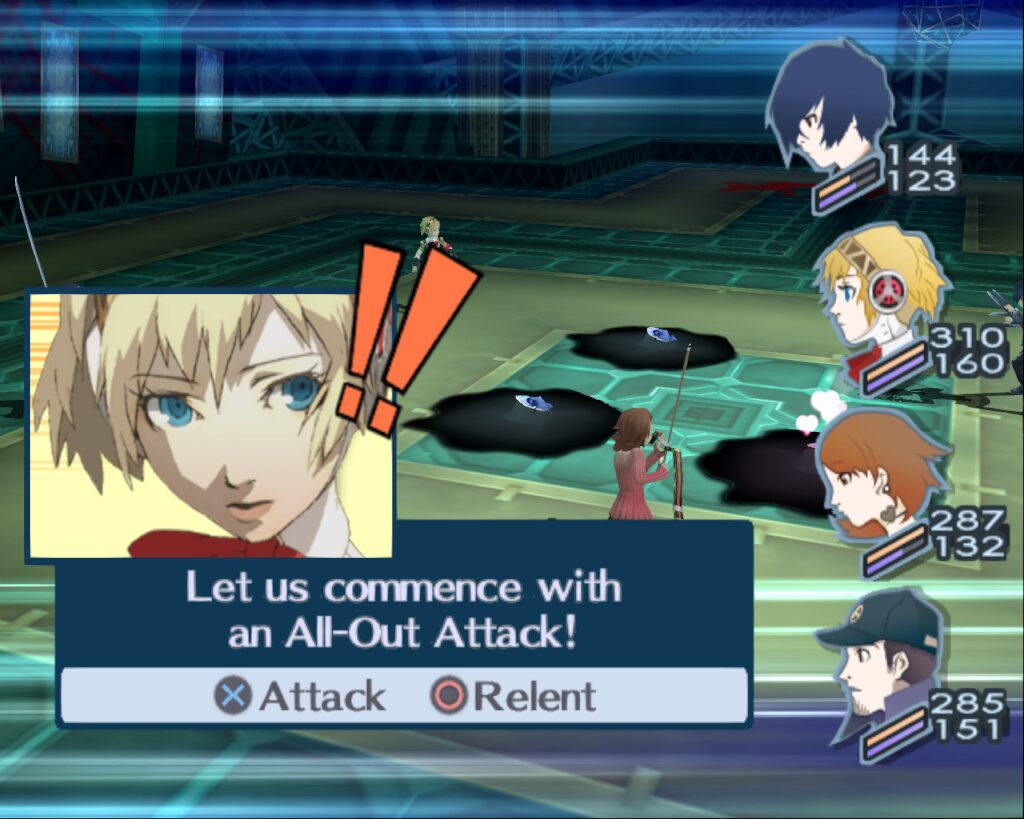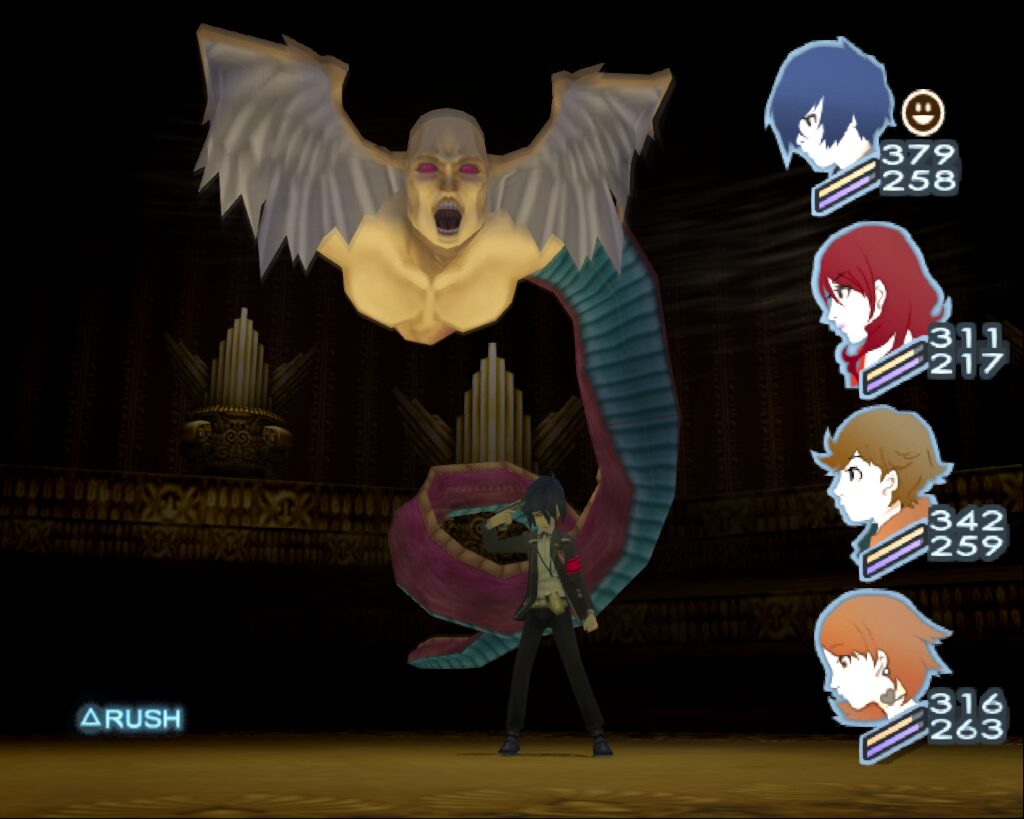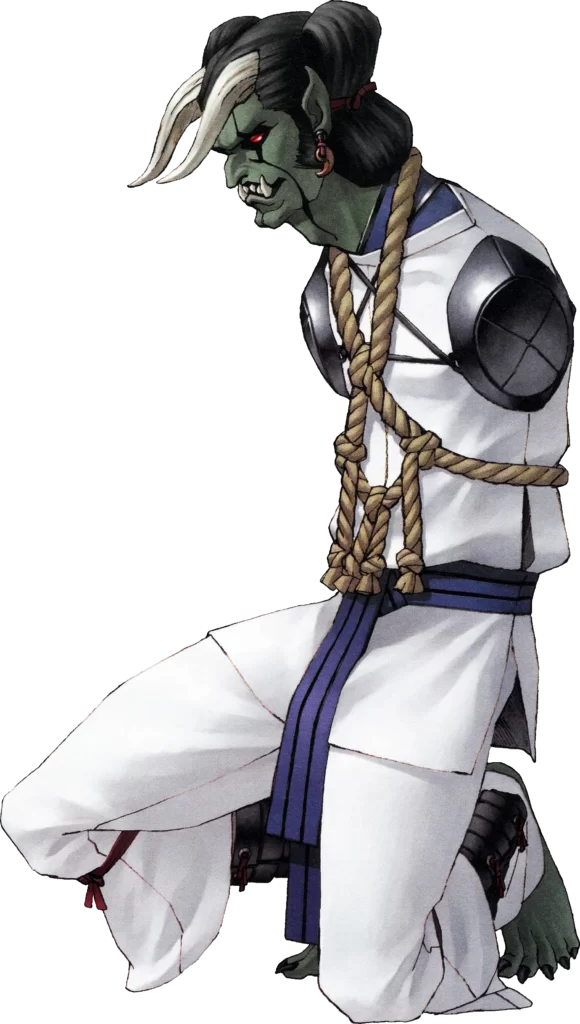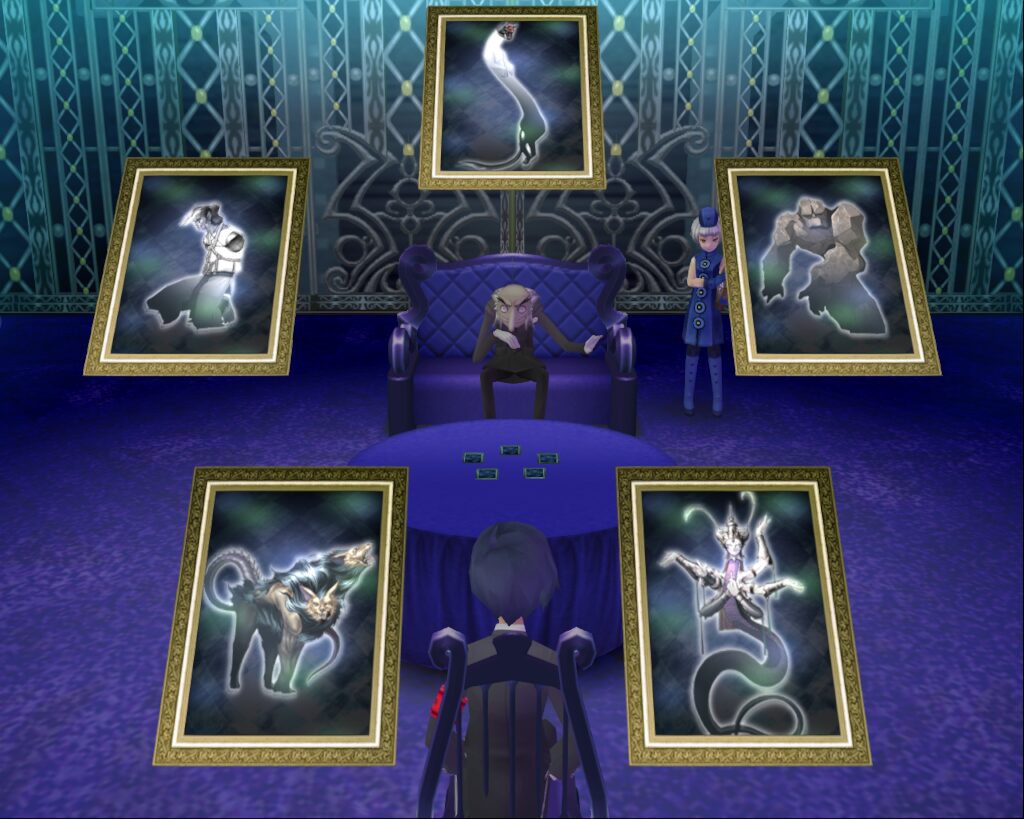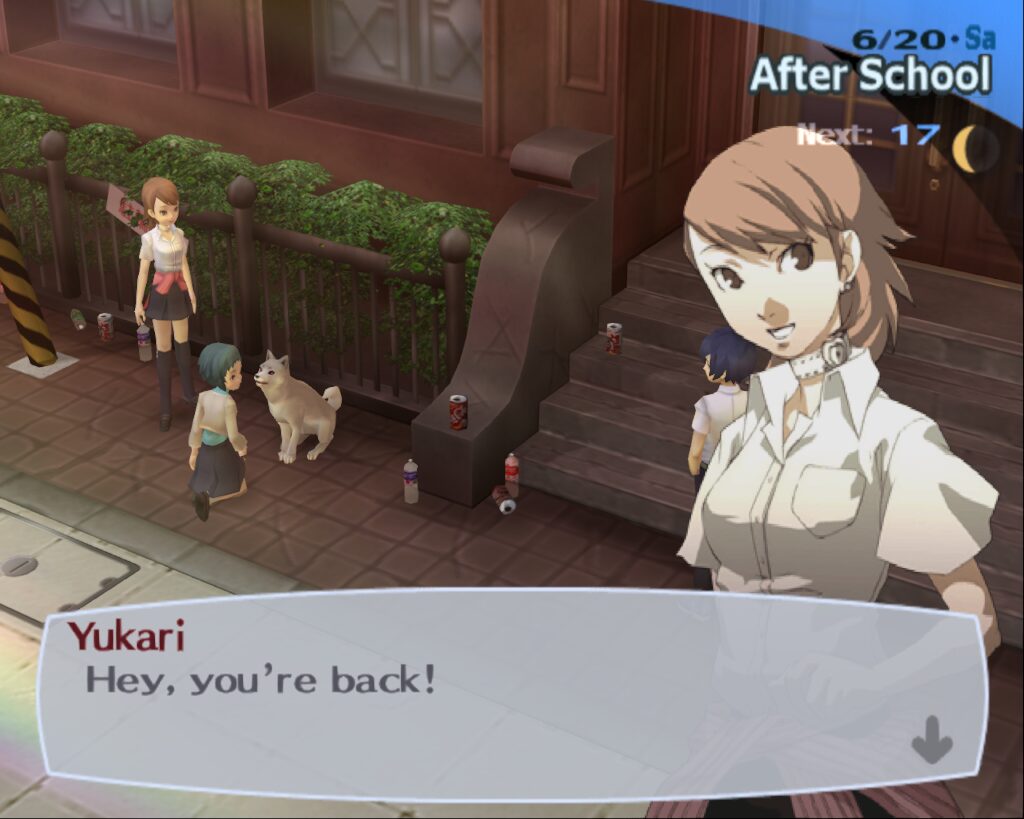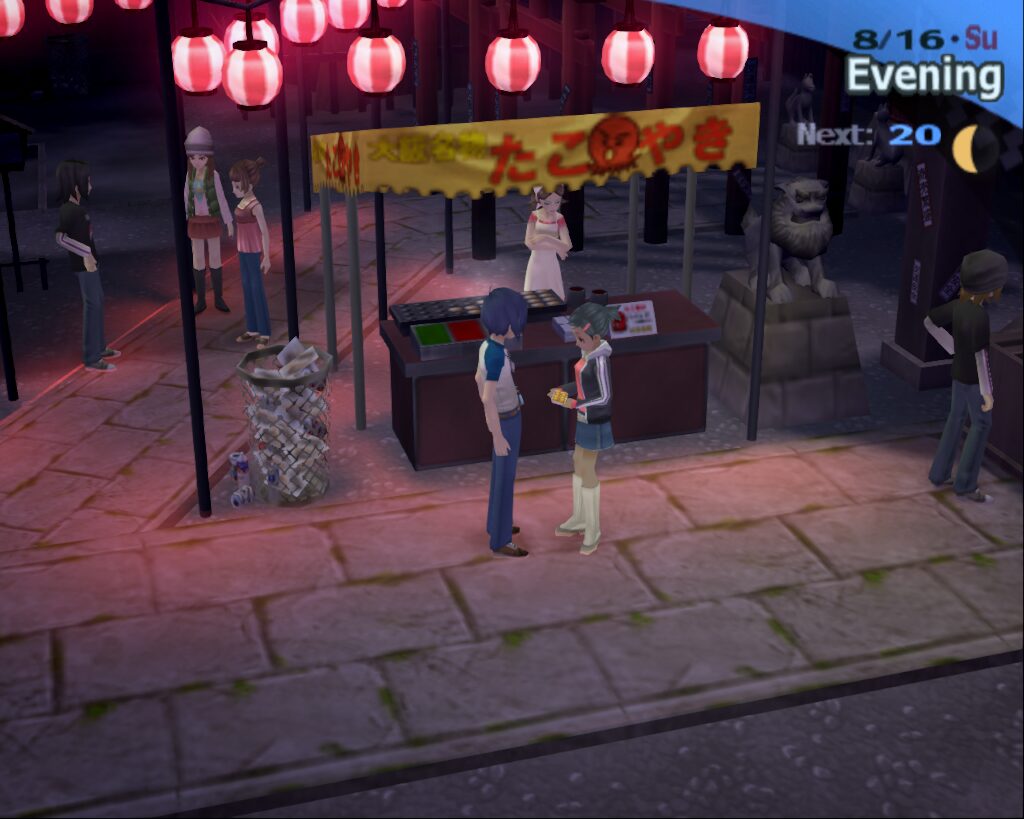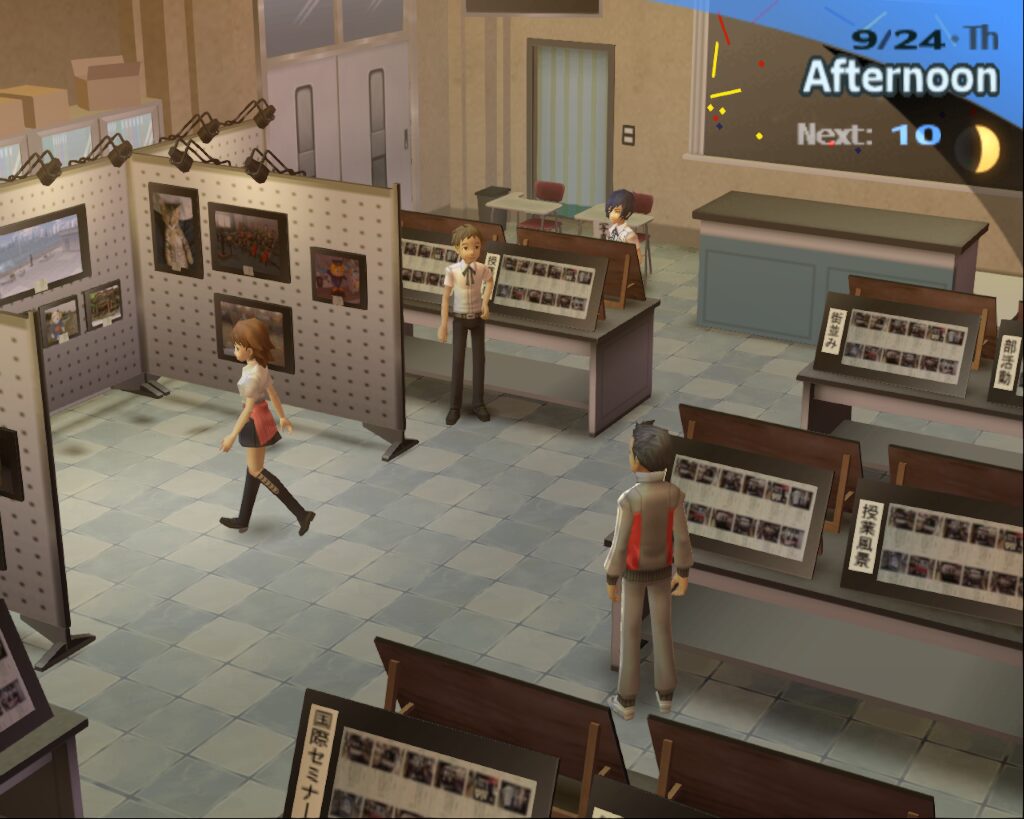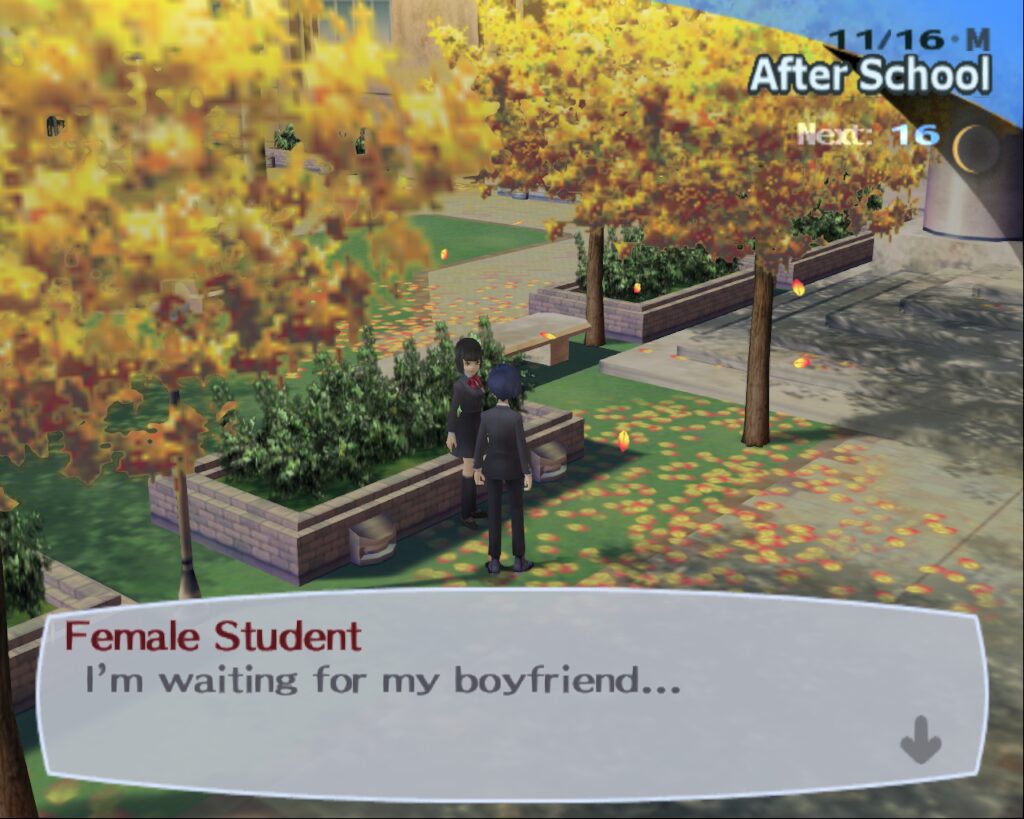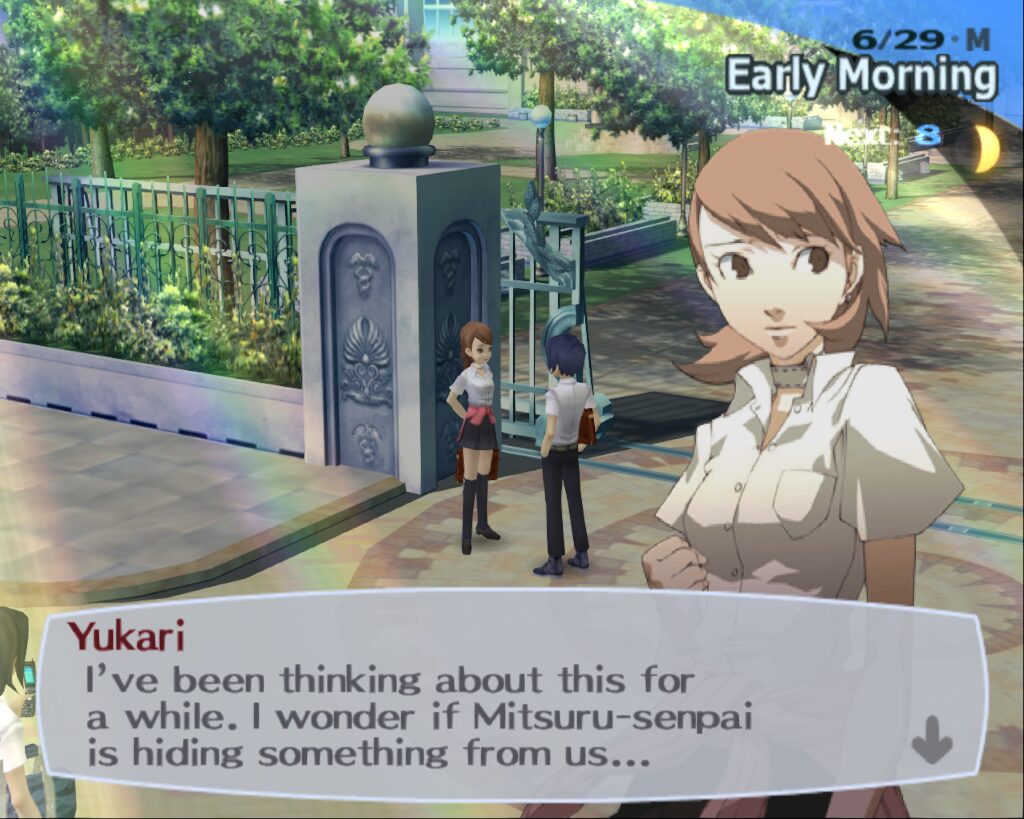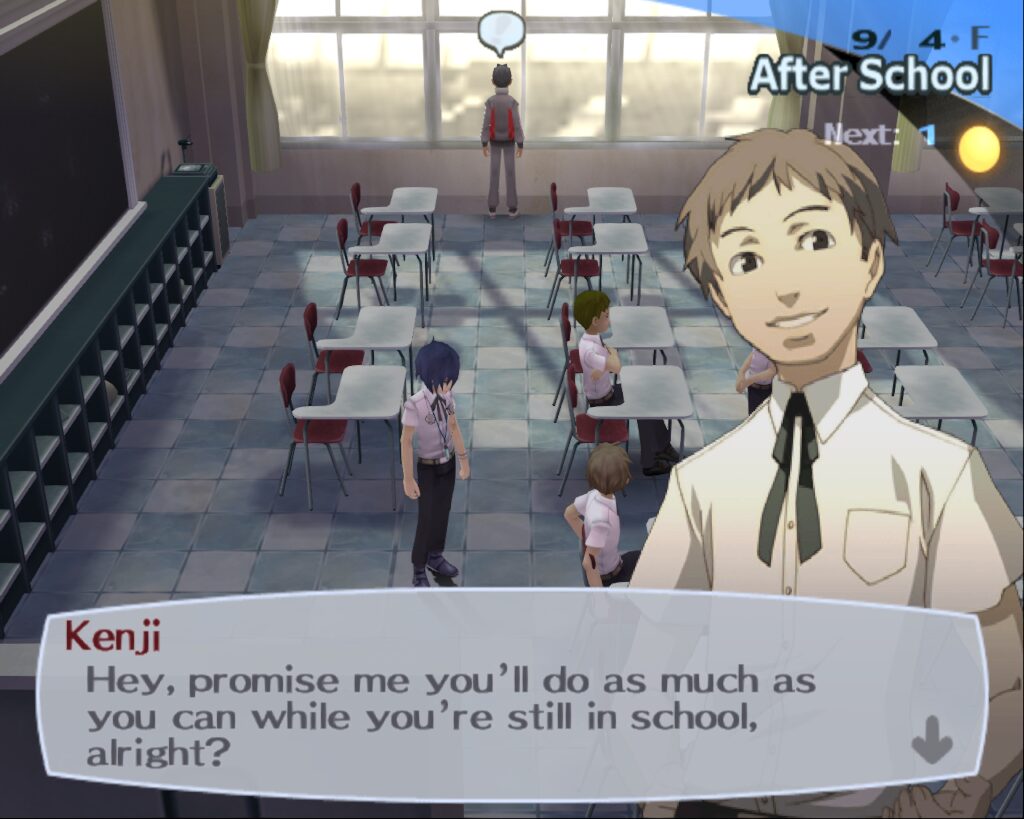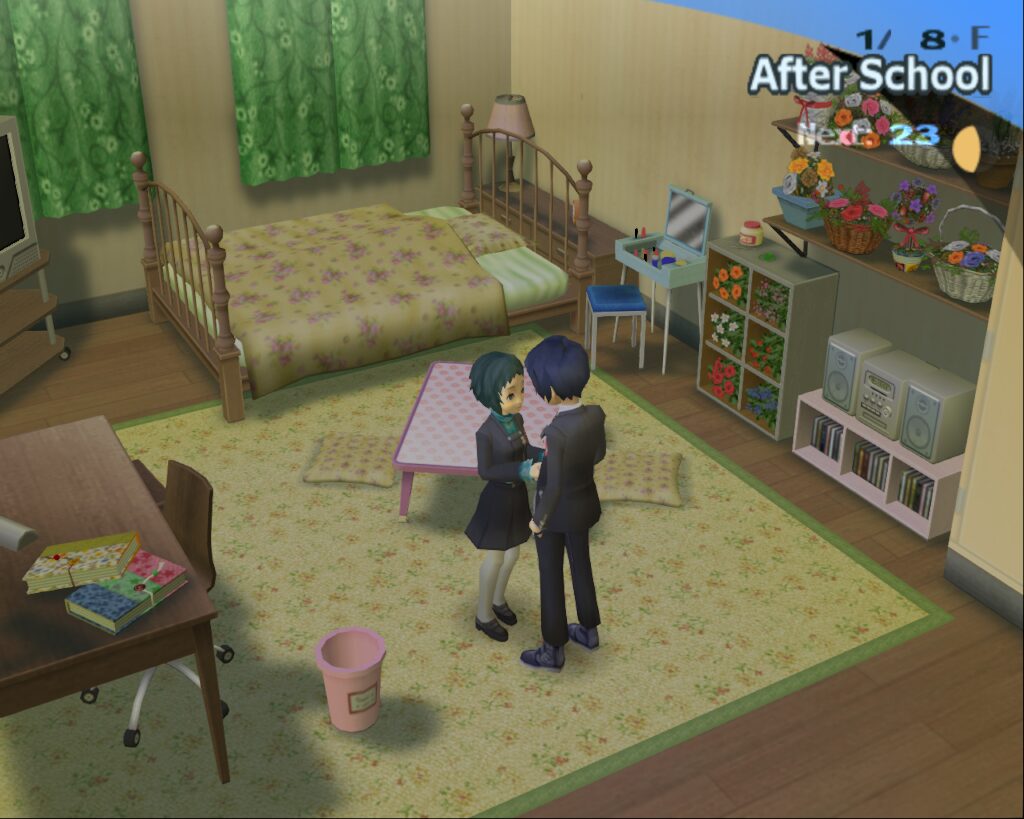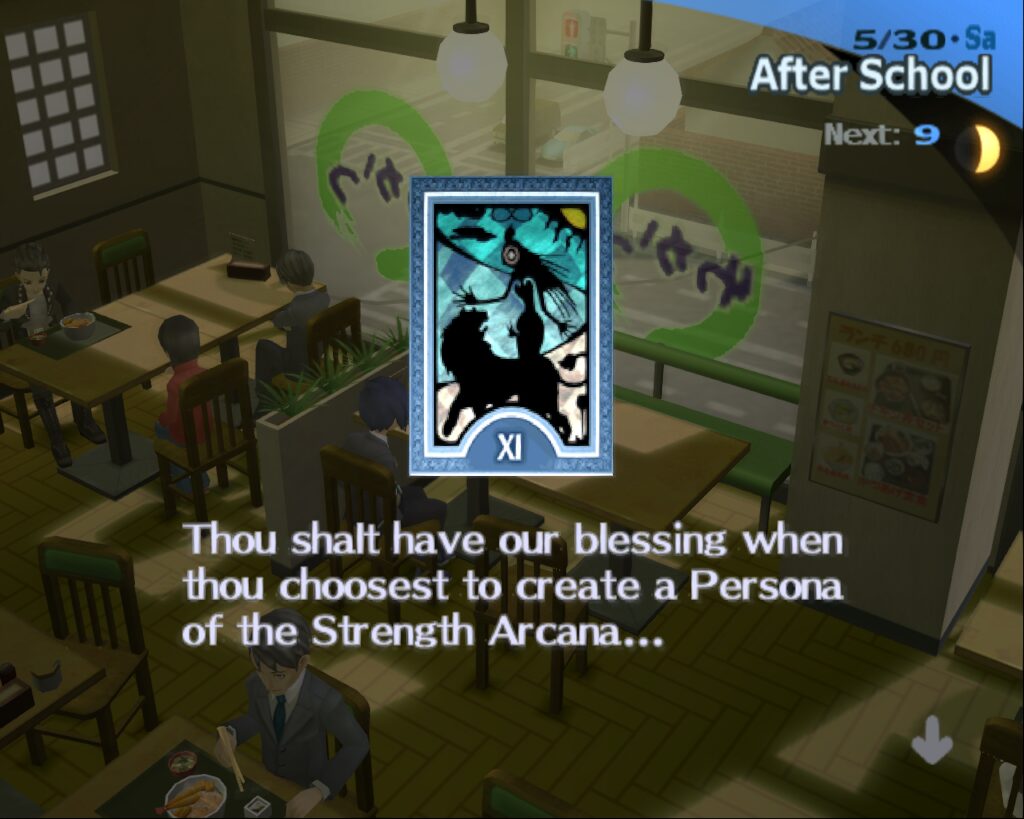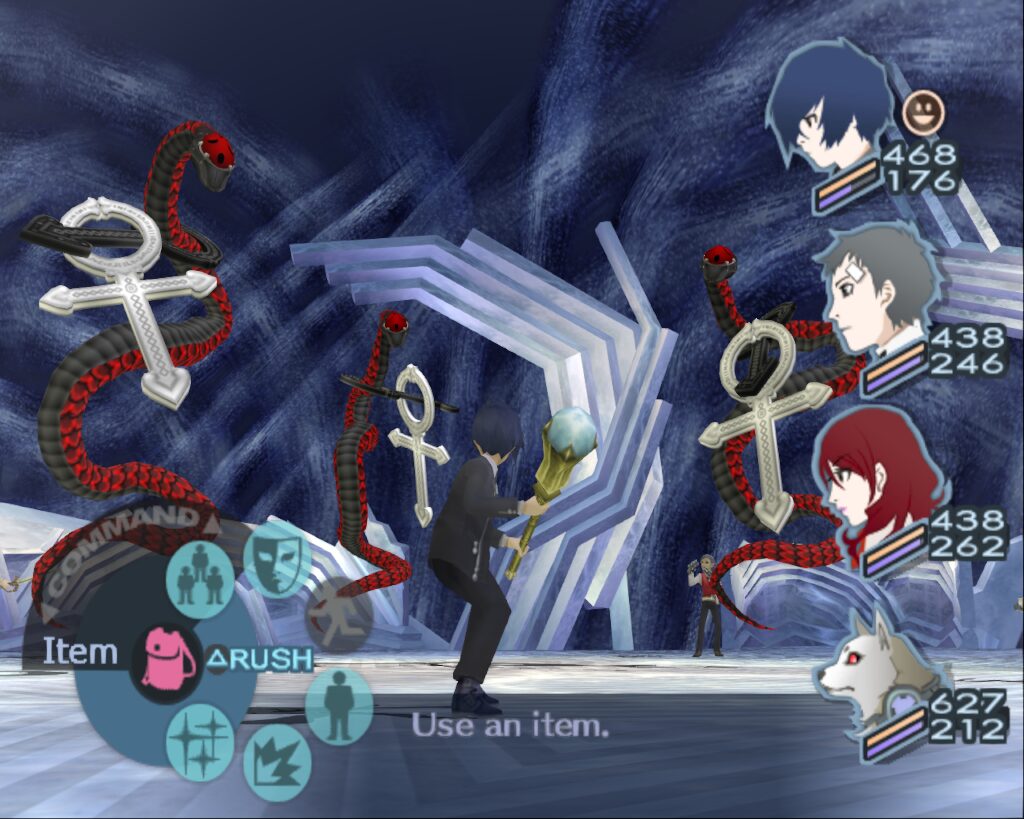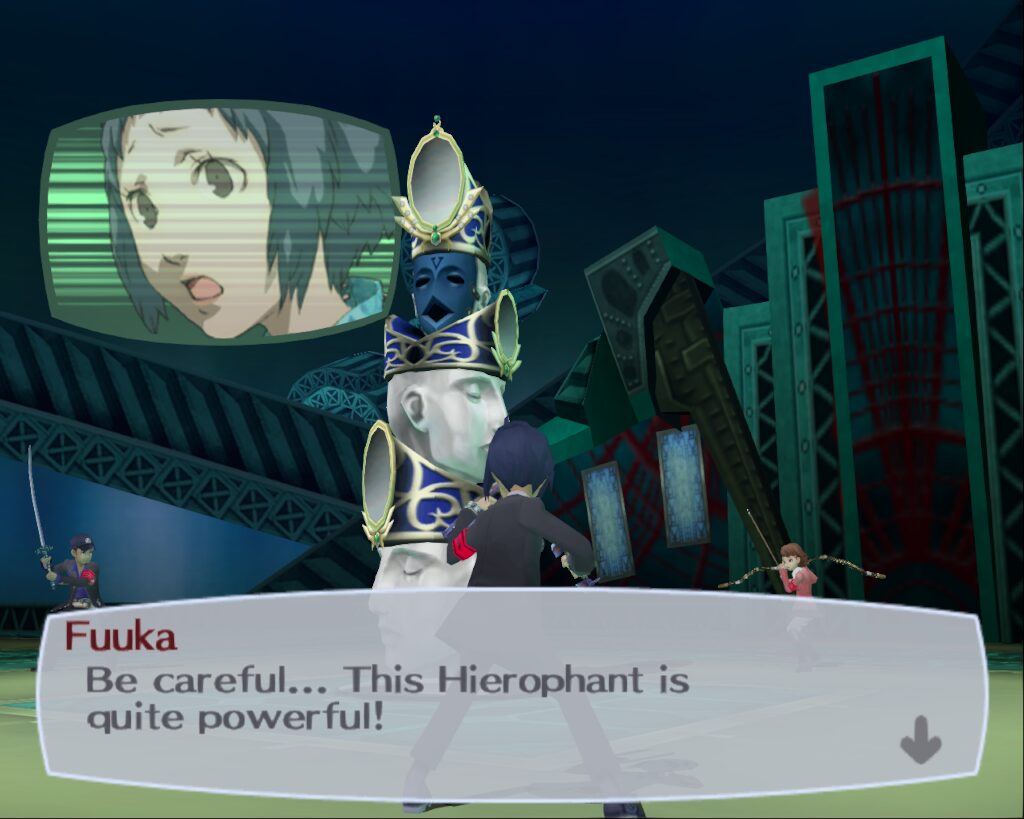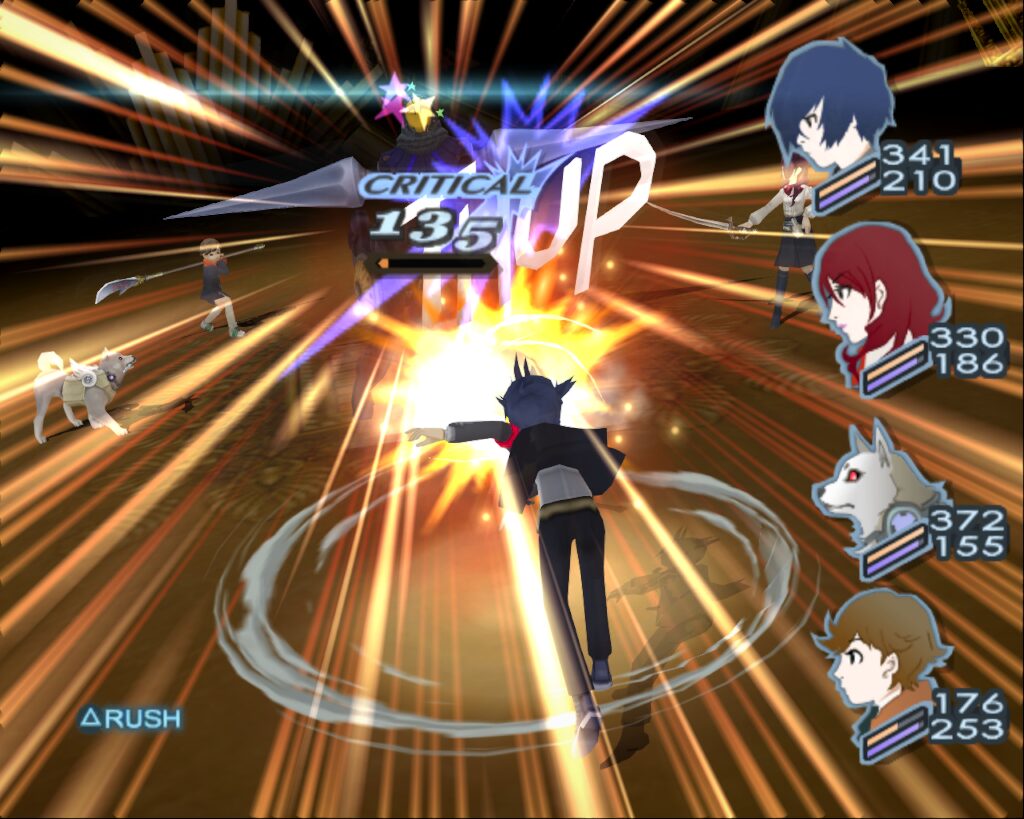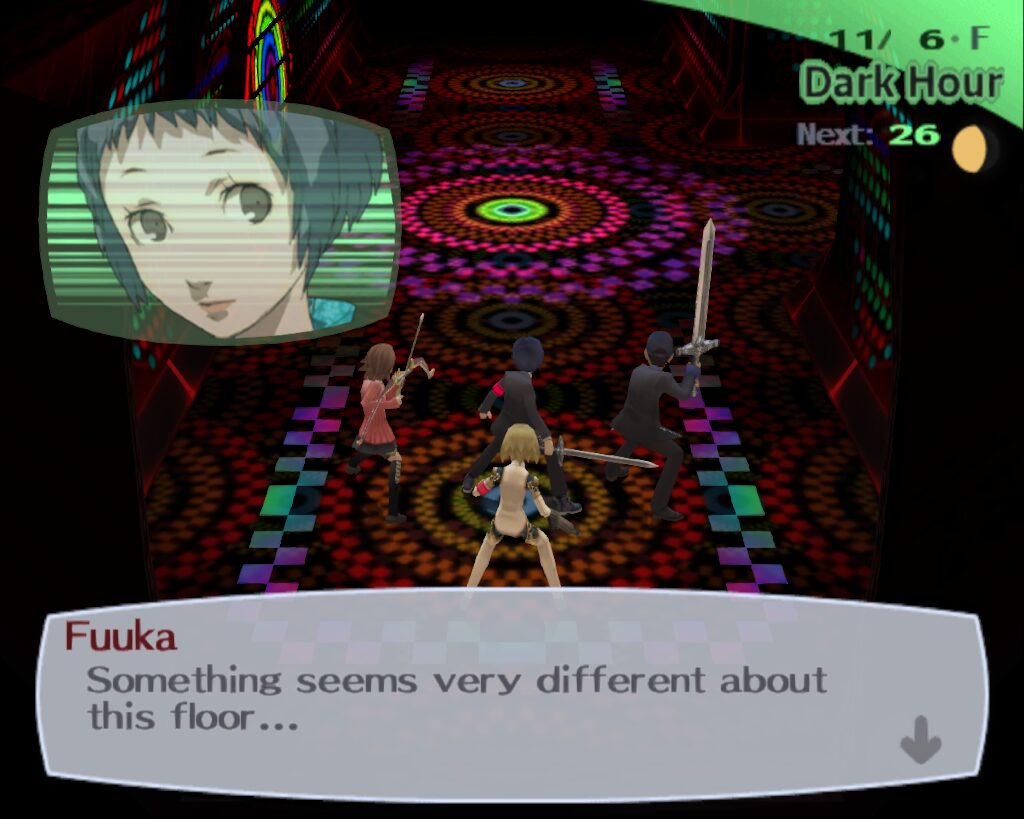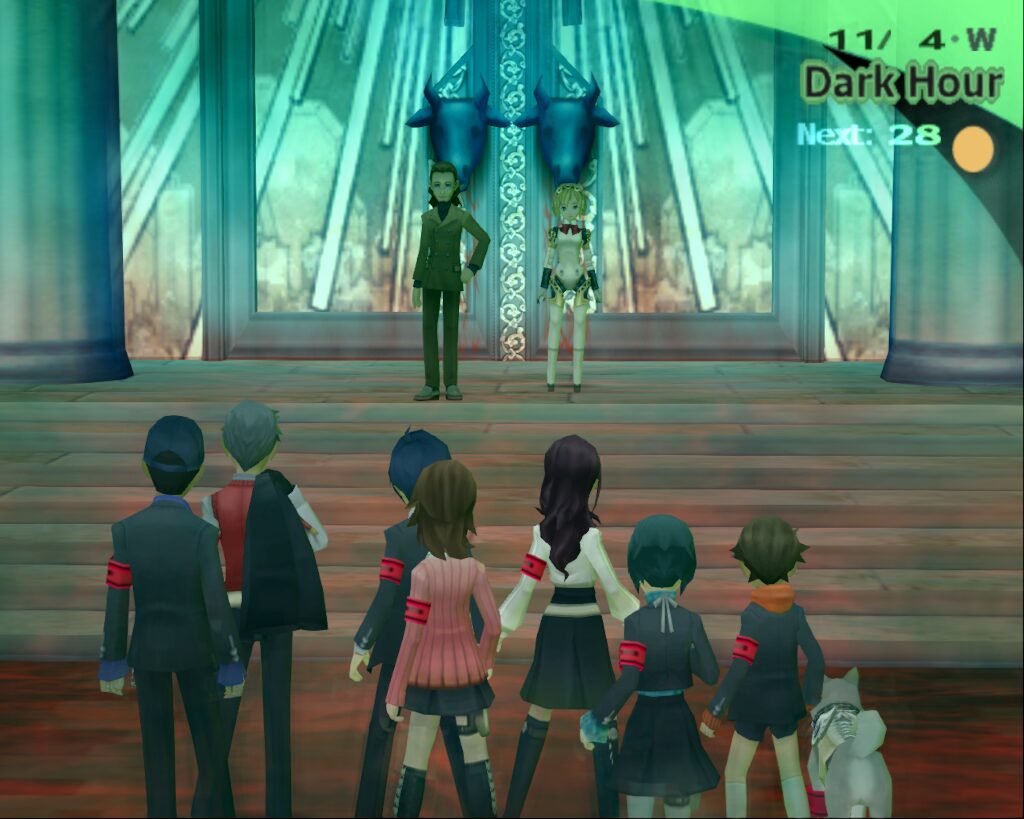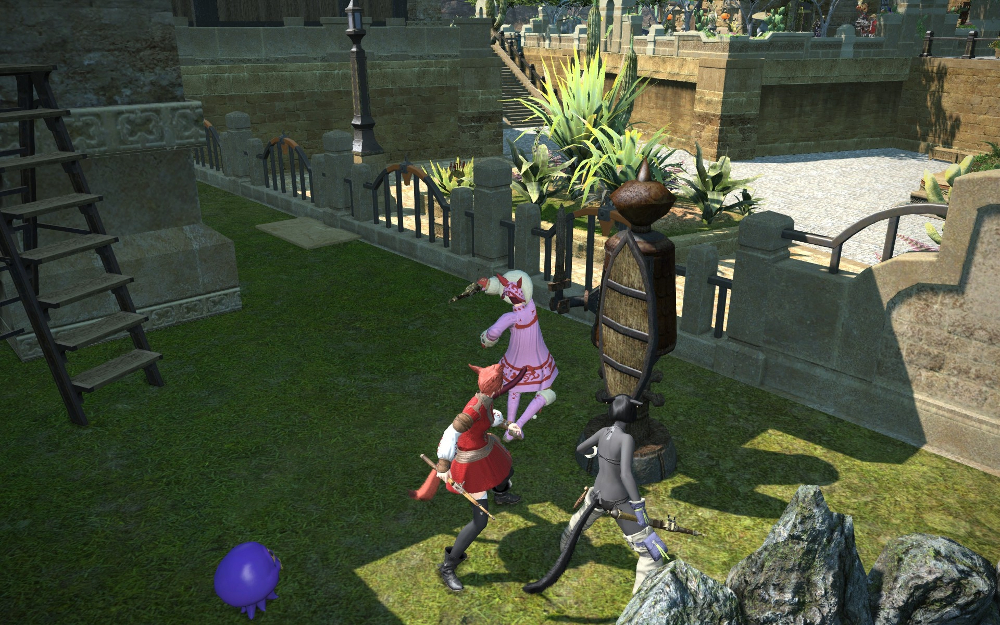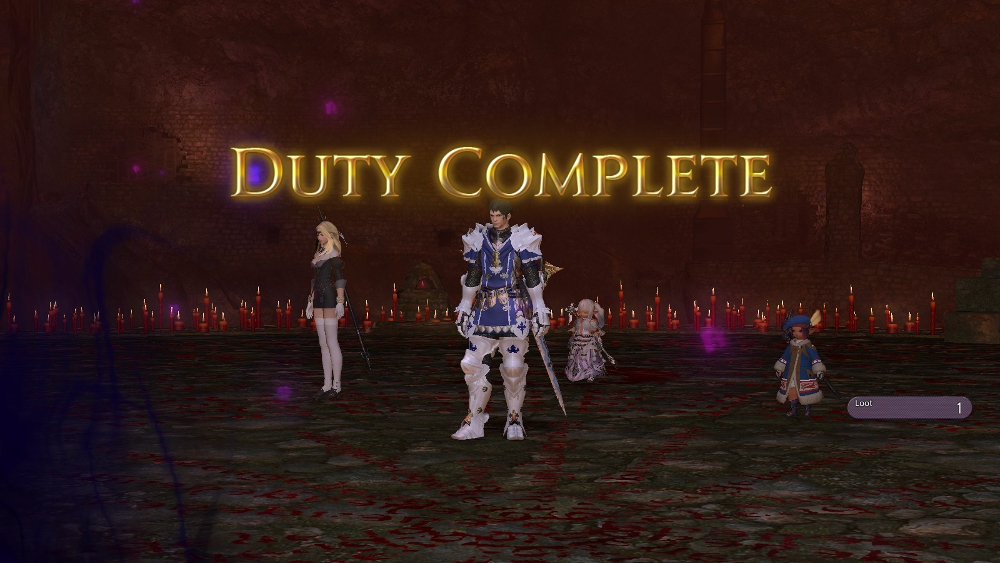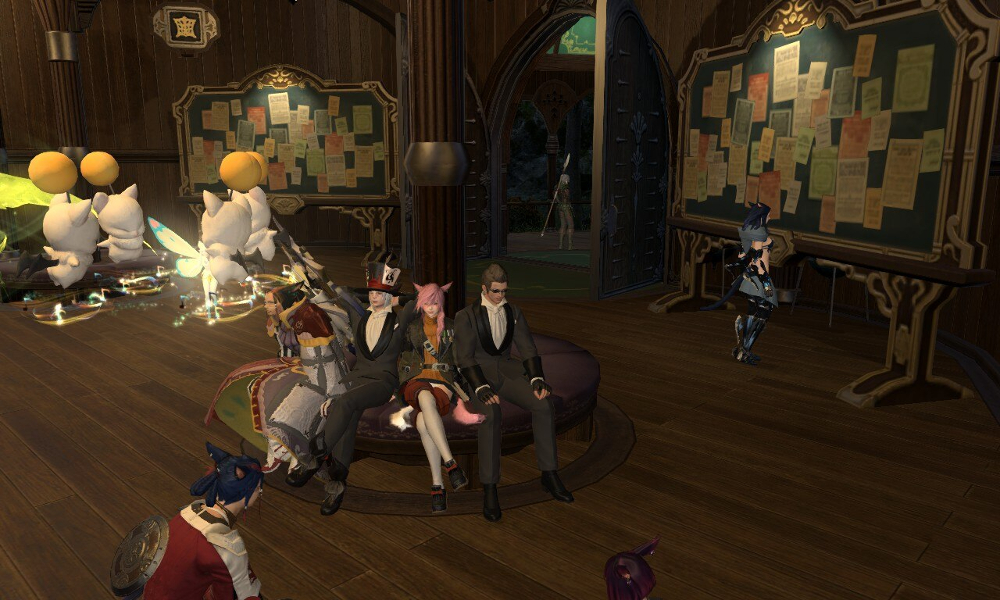Legacy of Kain is an (almost) unique dark fantasy drama that plays out across a series of exceptionally creative action-adventure games. Sadly, there hasn’t been a new game in the series since Legacy of Kain: Defiance, released in November 2023, almost exactly 20 years ago.
For many fans, it would be impossible to match Legacy of Kain’s lofty combination of gothic dystopia, tragic anti-heroes and a theatre-worthy script. However, there are some games that I think could sate our appetites, at least for a spell.
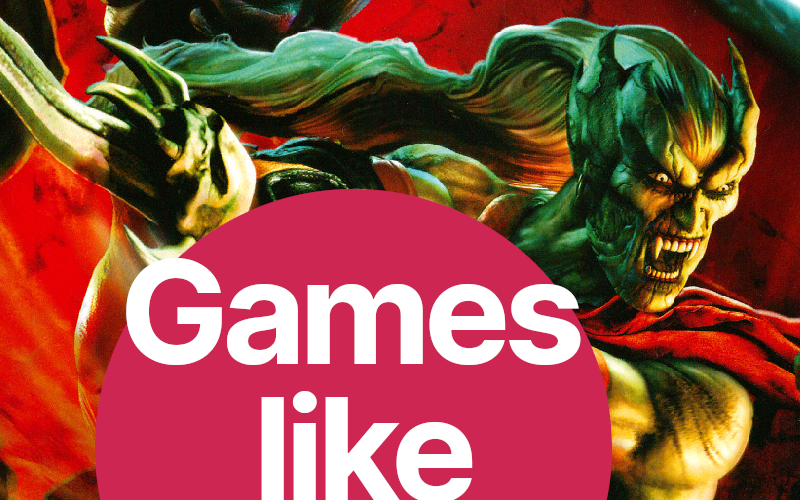
To have a chance of filling this hole, a game would have to have a few things. We counted four:
First, Brooding anti-heroes who are not quite human
The protagonists of Legacy of Kain, Kain and Raziel, are not optimistic do-gooders. Kain is driven by a desire for power and revenge, and he often makes morally questionable decisions to achieve his goals. Raziel is not above snacking on the soul stuff of innocent human villagers.
Given their past, it’s not too surprising. Both characters were wrenched from their mortal lives and returned to the material plane in different ways. Kain is a vampire and Raziel is a wraith, and they have abilities befitting their undead status. For example, Raziel can climb up sheer cliffs with his oversized claws and he can traverse a spectral realm where dead souls cry out unceasingly for peace.
On their journey, they each add new inhuman abilities to their repertoires. For Kain, it is by finding artifacts and spells stashed in crypts and castles; for Raziel, consuming the souls of vanquished vampire lieutenants steals their dark gifts for him.
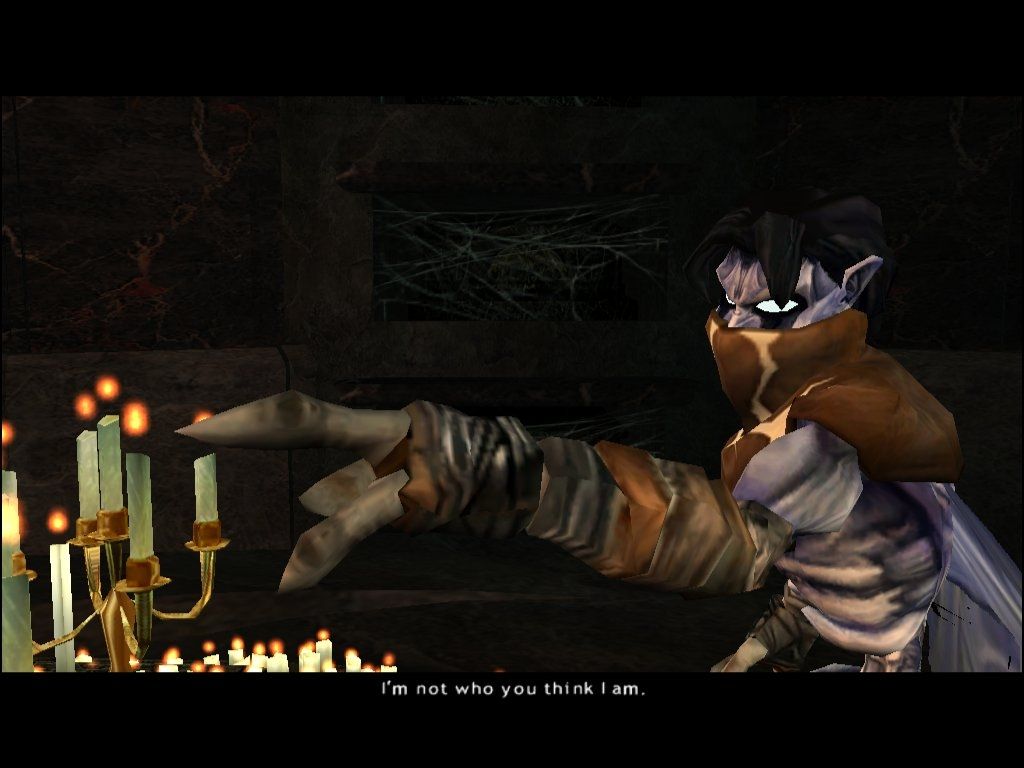
A traditional human do-gooder would be a poor substitute as a protagonist, so on this list we are looking for more unusual heroes with more unsavoury abilities.
Second, a dark fantasy world with gothic inspiration (or similar)
Legacy of Kain takes place in Nosgoth, a world filled with vast, ominous landscapes, towering religious architecture, and an atmosphere of decay.
Nosgoth is held in balance by the power of the nine pillars, which each represent a metaphysical concept, but in Soul Reaver the land has been thrown out of balance and carved up by six vampire clans. Each of their regions has a distinct flavour, from the drowned quarters of Rahab to the underground warrens of Melchiah.
Therefore, the environment is both a reflection of the game’s deep lore, and a medium to convey an immersive, often eerie atmosphere. This is the quality of the world we want to see in the games on our list.
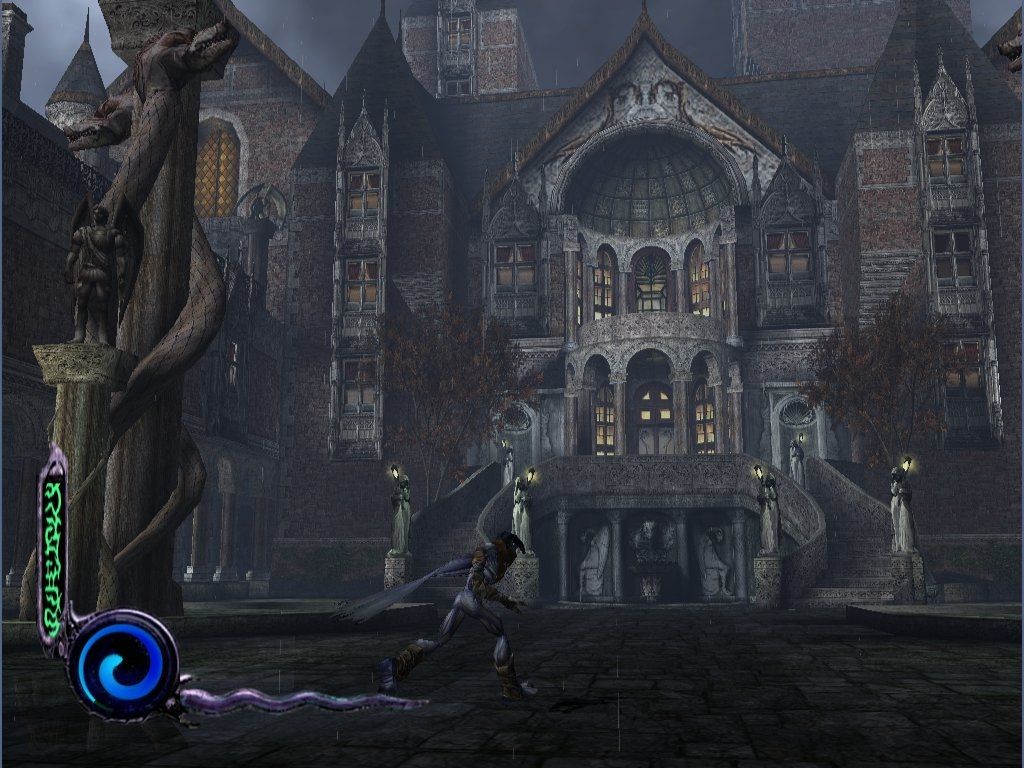
Third, both bloody action and puzzly adventure
Much of this series could be described as a dark version of Zelda. When the protagonists aren’t impaling lesser vampires on spears, they are probably delving into ancient temples and solving complex puzzles to reveal long-forgotten secrets.
The balance depends on which game we are looking at. The original Legacy of Kain: Blood Omen had more RPG elements, which were absent for the rest of the series, and more freedom. The last game, Legacy of Kain: Defiance, was much more linear than anything that came before it.
In general, though, Legacy of Kain is known as a series where the player has a world to explore, puzzles to solve, enemies to slay, and powers to obtain, and we want to see all of these elements in any game chosen for this list.
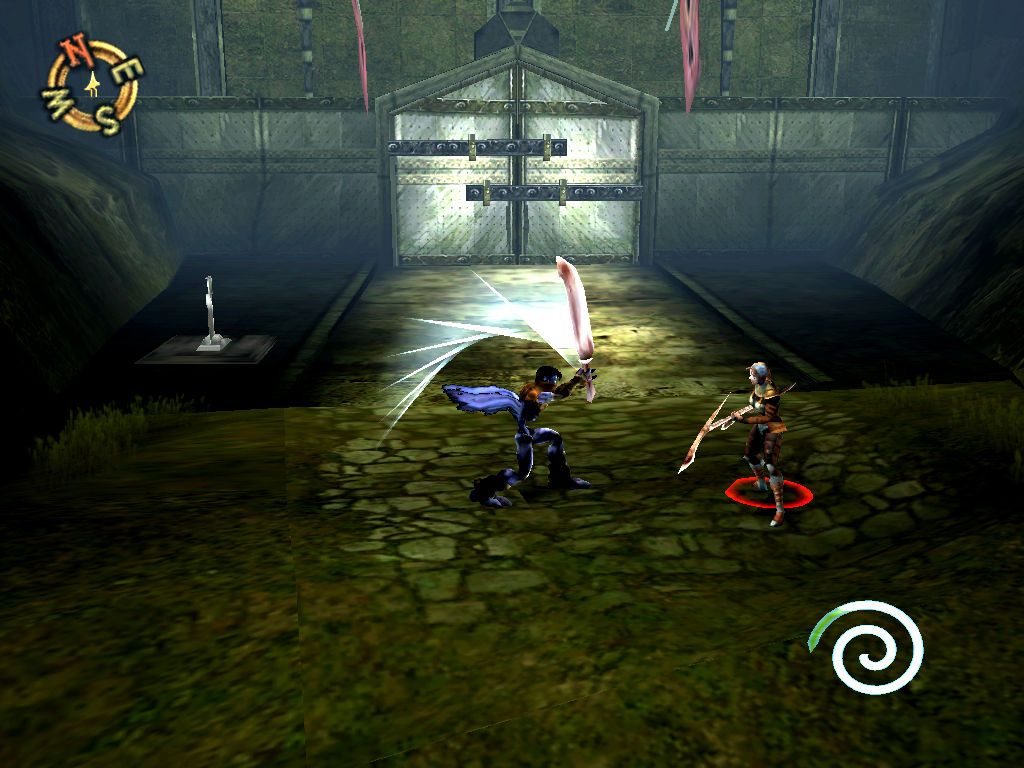
Finally, skilful, imaginative writing filled with twists and turns
Plot and dialogue can sometimes be under-prioritised in videogames, as there are so many other aspects to making a good game. So when a writer like Dennis Dyak or Amy Henig has a lot of control in the development process, the results can be rare and amazing,
That’s exactly what the story of Legacy of Kain is. The world and characters, introduced by Dennis Dyak in Legacy of Kain: Blood Omen, have been constructed with care and dark imagination, and that lore is developed spectacularly by Amy Hennig throughout the sequel, Legacy of Kain: Soul Reaver.
The opening cinematic of that second game, that so brutally and convincingly sets up Raziel’s initial motivation against Kain, is seared into our memories. From there, we are treated to dramatic developments like the shattering of the Soul Reaver, and the revelation of the true origins of the vampire lieutenants.
No less attention has been paid to the dialogue, which is theatrical and complex. A game that competes for Legacy of Kain in our hearts should have similar devotion to storytelling.
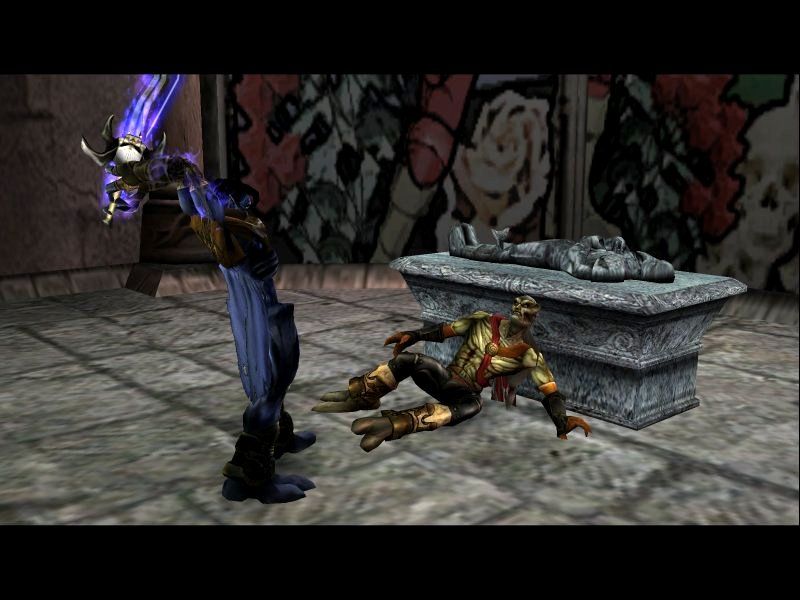
The best games like Legacy of Kain
In particular, there are four games or series that I believe match most or all the above requirements, and would likely do a fantastic job at igniting the same feelings of a Soul Reaver or a Blood Omen, or at least tide you over until a true successor is announced.
There are a few other games that might not tick every box, but are worth mentioning anyway, which I will include afterwards.
1. God of War series, particularly God of War 2018
On the surface, God of Wars may seem like a poor substitute for Legacy of Kain, for one good reason: the protagonist. While Kain is noble, calculating and eloquent, God of War’s Kratos is mostly just angry. Testosterone overload permeates many aspects of the series and seems at odds with the tone of Legacy of Kain.
However, you don’t have to dig far to find the depth in Kratos’s character, even in the first game, where the tragic events that turned him into a cursed demi-god are front and centre.
The original series of games (God of War to God of War Ascension) are mostly linear and are hurt by their hamfisted scripts and throwaway characters. But the 2018 revival, again called simply God of War, embraced much more of what made Legacy of Kain successful. It has a small but open world to explore freely, high-quality vocal performances for all of the main characters, and a more sombre Kratos who fights his way through a story that focuses more on characters and a range of emotions than ever before.
Furthermore, the 2018 game builds on the lore of the earlier games, building it into a multi-generational epic. In a narrative sense, it is to the earlier games what Soul Reaver is to Blood Omen.


The world of God of War 2018 is the world of North myth, and while it might not be gothic it is certainly a dark fantasy. The Norse myths, in their strange and brutal tradition, inform the history of the world Kratos finds himself in. And like everything in God of War, it is a world with the potential to be violent and twisted at a moment’s notice.
Speaking of violence, in Legacy of Kain, the cursed blade that both of the protagonists wield is an essential and beloved part of the lore. If that’s what you want, Kratos’s Leviathan Axe and iconic Blades of Chaos aren’t just fun for mowing down draugr, as they also have emotional histories to them.
God of War 2018 made me feel I might not need a new Legacy of Kain, as long as games like this keep being made. It isn’t the only game that has made me feel this way, as you will see from the rest of this list, but it was the best, in my opinion. I recommend it to any and every Legacy of Kain fan.

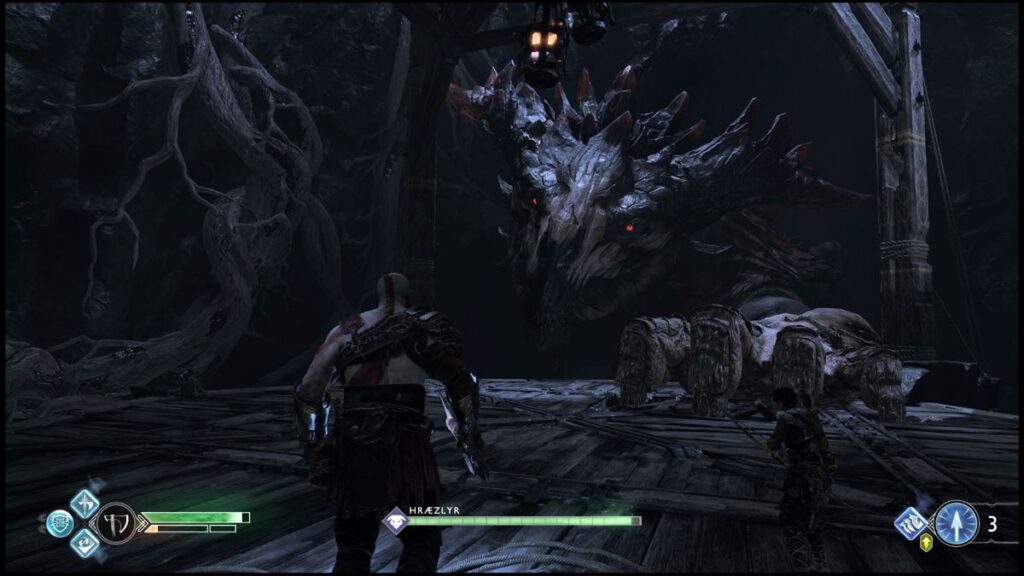
2. Darksiders series, particularly Darksiders 2
The vampires of Legacy of Kain sit on the edge of life and death, between good and evil. The same can be said of the Nephilim of Darksiders, who are one part angel, one part demon. Under the yoke of the charred council, and stuck in the middle of a war they didn’t ask for, but capable of devastation and violence when it is needed, these four horsemen are tragic anti-heroes.
They might have wider shoulders, bigger swords and more cell shading than the residents of Nosgoth, but the aesthetic isn’t too different. A kind of comic-book metal vibe permeates both franchises, from the clunking metal greaves and giant claws on Raziel’s feet, to the skull mask and unkempt hair on Death’s head. Roaming a ruined earth in Wrath of War (the first game) matches the ruined world of future Nosgoth in Soul Reaver, and you’ll find towering cathedrals and castles in both.
But it is in Darksiders 2, which takes you away from earth to the fantastical but moody Forge Lands, with more freedom to roam, that made me most nostalgic for Legacy of Kain. Perhaps it is because Death reminds me a lot of Raziel, even down to a scarf and a penchant for wall climbing.

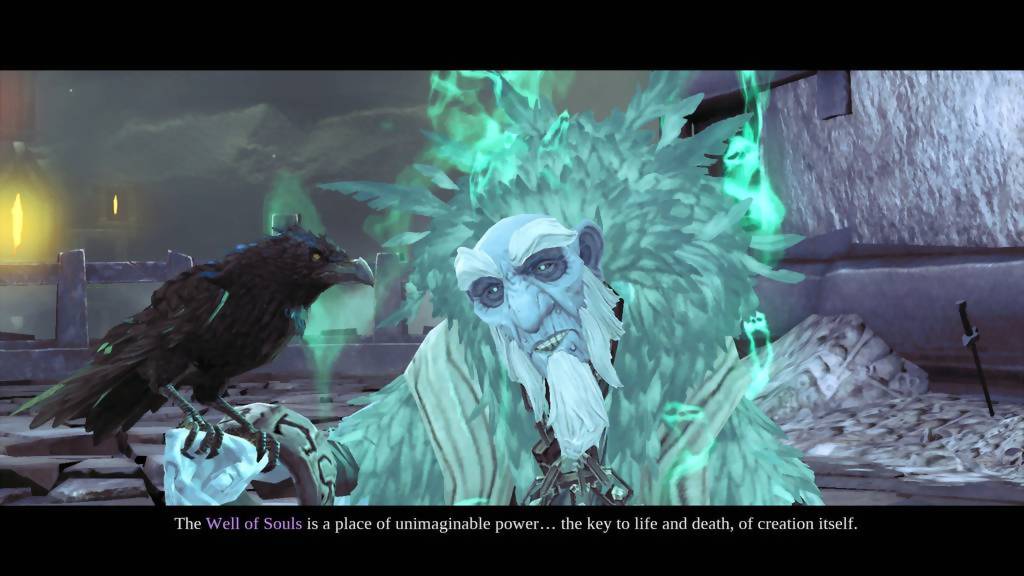
The Darksiders series are fantastic action adventure games with highly engaging combat and quality puzzles, the latter much better than God of War. The reason it doesn’t take the number one spot is related to the writing. The lore of Darksiders is amazing, and the plot isn’t bad either — if they weren’t, Darksiders wouldn’t make the list at all. However, the dialogue is forgettable at best, and for a Legacy of Kain fan that’s not an insignificant flaw.
Regularly, I wish for a Darksiders with a better written plot and characters, because that game could match Legacy of Kain if not exceed it. Until then, Darksiders might only sate the hunger temporarily, but that’s still pretty impressive. Very highly recommended.


3. Castlevania: Lords of Shadow series
The goal of this article was to find games comparable to a vampire epic fantasy, but neither of my first suggestions starred any vampires! This entry changes that. Castlevania: Lords of Shadow 2, puts you in the boots of a vampire lord who is fighting against an even greater, almost godlike evil. It’s a very similar role that Kain takes in his game.


Likewise, the skills at your disposal will be familiar to Kain players: healing by drinking blood, transforming into animals, mist-form, all that good stuff.
The small problem here is that you don’t take control of a vampire protagonist in the first Lords of Shadow, which is well-recognised as the superior game. There are vampires to play as in Mirror of Fate, an optional part of the story in the form of a sidescroller, but most of the vampire action takes place in Lords of Shadow 2. Unfortunately, the forced stealth sections along with some other niggles, made this sequel unpalatable for some fans.
Despite these differences to the Legacy of Kain formula, the Lords of Shadow series is still worth your time to explore. It tells a story that stretches across centuries. Characters are tortured and tragic. Dialogue has a lyrical quality. The protagonist has undergone a dark transformation, which is the fate of almost every major Legacy of Kain character.
It’s worth noting that Lords of Shadow takes place mainly on Earth, though it is a dark fantasy in all other ways.


Also, it’s not the only Castlevania game that might fit your tastes. In particular, Symphony of the Night, starring Dracula’s son, and Aria of Sorrow, starring a reincarnation of Dracula, are excellent choices.
4. Souls series, particularly Dark Souls
I am certain fans will feel equally at home in the majestic ruination of Lordran, the setting of Dark Souls, as they were in Nosgoth. Both have a dark, gothic aesthetic with a strong focus on death/afterlife/undeath.
The similarity extends to the level design: The interconnected world design of Dark Souls is very similar to that of Soul Reaver. Both have loosely been described as 3D metroidvanias.
Admittedly, there is one thing that makes the Souls games seem very different to Legacy of Kain. Once again it relates to the story. Legacy of Kain tells a story with cutscenes and dialogue, and these are the things fans most love about the series. However, the Dark Souls story mostly sits in the background.
I don’t think this should be a deal breaker, though. Both have rich world building and lore, so both are “well written” in their own way.


They both have memorable characters, too. In particular, the ancient Lords of Dark Souls (Gravelord Nito, Seath the Scales etc) take me back to fighting the varied forms of the aged, corrupted vampire lieutenants in Soul Reaver (Melchiah, Rahab etc). The deified Gwyn has a dash of Kain to him also.
Speaking of fighting, while the three other main games on this list are fluid “character action” games, Dark Souls has a different feel that might appeal to Legacy of Kain players even more. The characters of both franchises tend to feel weighty. Think of Raziel’s finishing blows and compare to The Chosen Undead’s parry counter.
One more similarity I noticed: in Dark Souls, you can be human, or when you die revert to being an undead “hollowed”. It’s not a two-worlds mechanics like the spectral/material realm in Soul Reaver, but it did remind me of the wraith-like Raziel who exists in two forms.
If the next Legacy of Kain game was like Dark Souls but with cutscenes, it would be pretty faithful to the other LoK games. Though known for being hard, Dark Souls will be an easy game for Legacy of Kain fans to fall in love with.
More games like Legacy of Kain
The following games might not look like Legacy of Kain at first glance, or they might have some other fundamental difference that excludes them from the main list above, but they all have some important similarity that means they deserve to be in the conversation.
In other words, they might not be the full package, but they might have the specific Legacy of Kain elements you are interested in.
Zelda, particularly Majora’s Mask
What excludes Zelda from the main portion of this list is the light-hearted tone. Mechanically, however, Zelda fits perfectly: it is a series about exploring a fantasy land, fighting monsters, solving puzzling temples, and getting more powerful and finding new abilities/tools along the way.
Majora’s Mask gets a special mention, because it’s apocalyptic sorry is a bit darker than average for the series, and you also get the chance to play as non-human characters by wearing masks. Twilight Princess is also worth a look for similar reasons.
Nier Automata
The main character that looks like a fanservice robot might immediately make you question this choice for the list, but I’m confident you will agree if we look at it a bit more.
For one, Neir is all about writing. Tragic characters, coherent world building, exploring themes of life, death and violence — other than Legacy of Kain itself, Nier is the game in this article that most feels that a writer was in charge and given free reign.
Moreover, the world of Nier is post-apocalyptic, like Soul Reaver, and the androids vs machines conflict might resonate on some level with those who enjoyed the human vs vampire conflicts of Nosgoth.
Prince of Persia trilogy
As Raziel was a vampire prince, taking on the role in Prince of Persia should feel natural to Legacy of Kain fans! Both protagonists have a knack for climbing walls, too.
However, as with Nier, it’s the storytelling quality that really puts these game series in the same category. Prince of Persia might not have any bloodsucking to speak of, but it doesn’t shy away from weaving a compelling tale in a thoughtful and original way. Plus, like Legacy of Kain, subsequent games in the series build on the story,
Its time-travel elements are central to the story, with Kain and Raziel shifting through different eras, altering history, and facing the consequences of their choices. Prince of Persia also shares a fascination with time.
Tomb Raider series
Soul Reaver was developed by Crystal Dynamics, and it is not their only hit action-adventure series, as they are also the current developer of Tomb Raider.
Though this suggestion isn’t a fantasy game and has no brooding protagonist – and certainly no vampires – it does have a reasonably well-written story and a perfect balance of action and puzzles. A similar game design philosophy that went into the Soul Reaver series has persisted in this studio’s future work, and Tomb Raider is the evidence.
It’s also worth noting, Crystal Dynamics are still part of the company that owns the Legacy of Kain franchise. This company, the Embracer Group, has expressed interest in using the intellectual properties in their catalogue to make new games or reboots of old ones. We can only hope this means there is more Legacy of Kain in the future.
Can you think of any others?
Disclaimer: I’ve not played every game. If you played a game that gave you the same buzz as Legacy of Kain and I haven’t included it here, I would love to know about it. No, seriously. I am a life-long Raziel fanboy who has waited a long time for a new game in this series. If you have something similar to recommend, I’ll probably play it.
Comment below or send me a message at greatadventuresreview@gmail.com.

